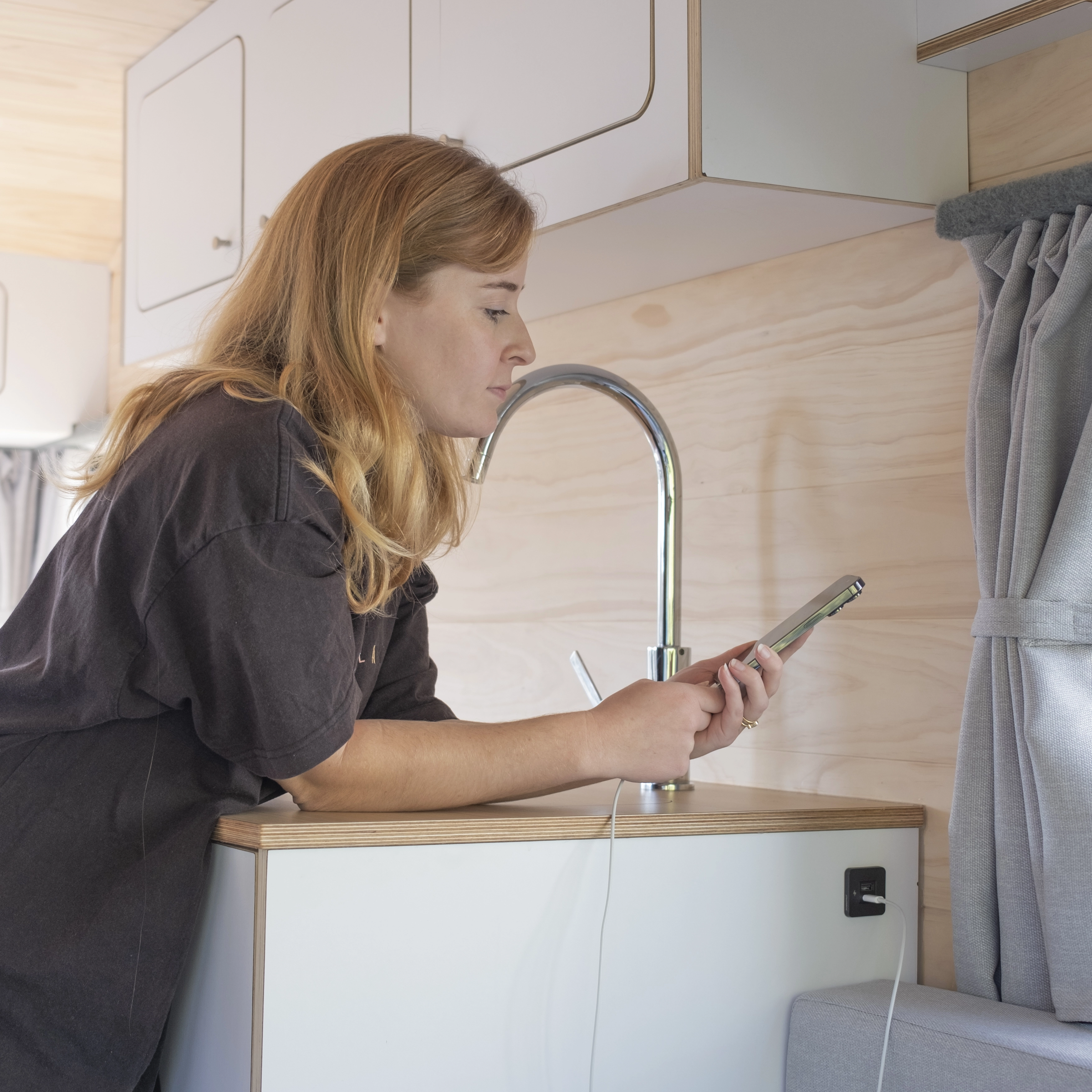 3 mins
3 mins The Top Van Design Considerations for 2025
An exclusive interview with Transporter HQ!
Read more
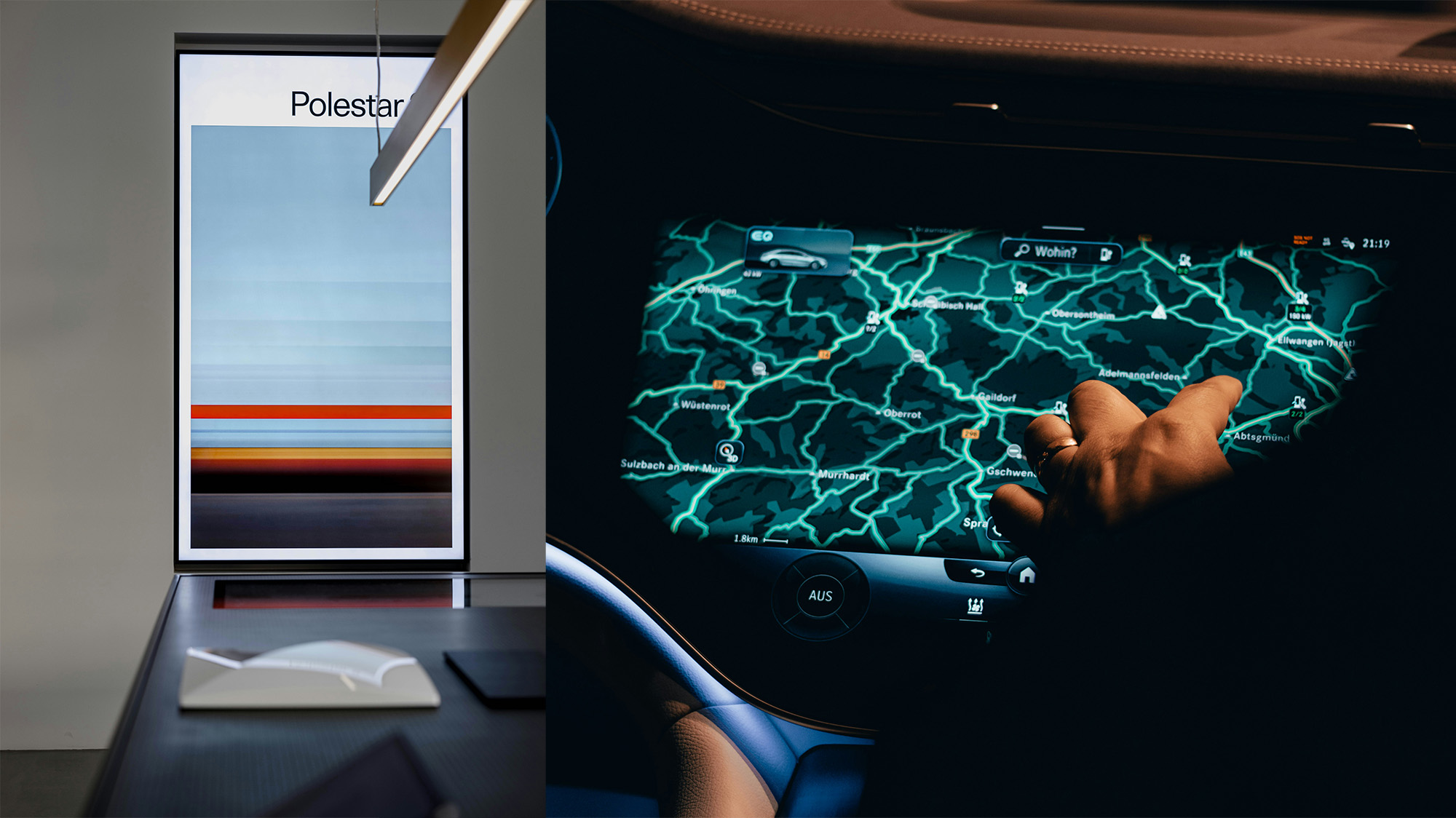 3 mins
3 mins Key Trends Shaping 2025
2025 has brought together several key trends across industries, blending sustainability,...
Read more
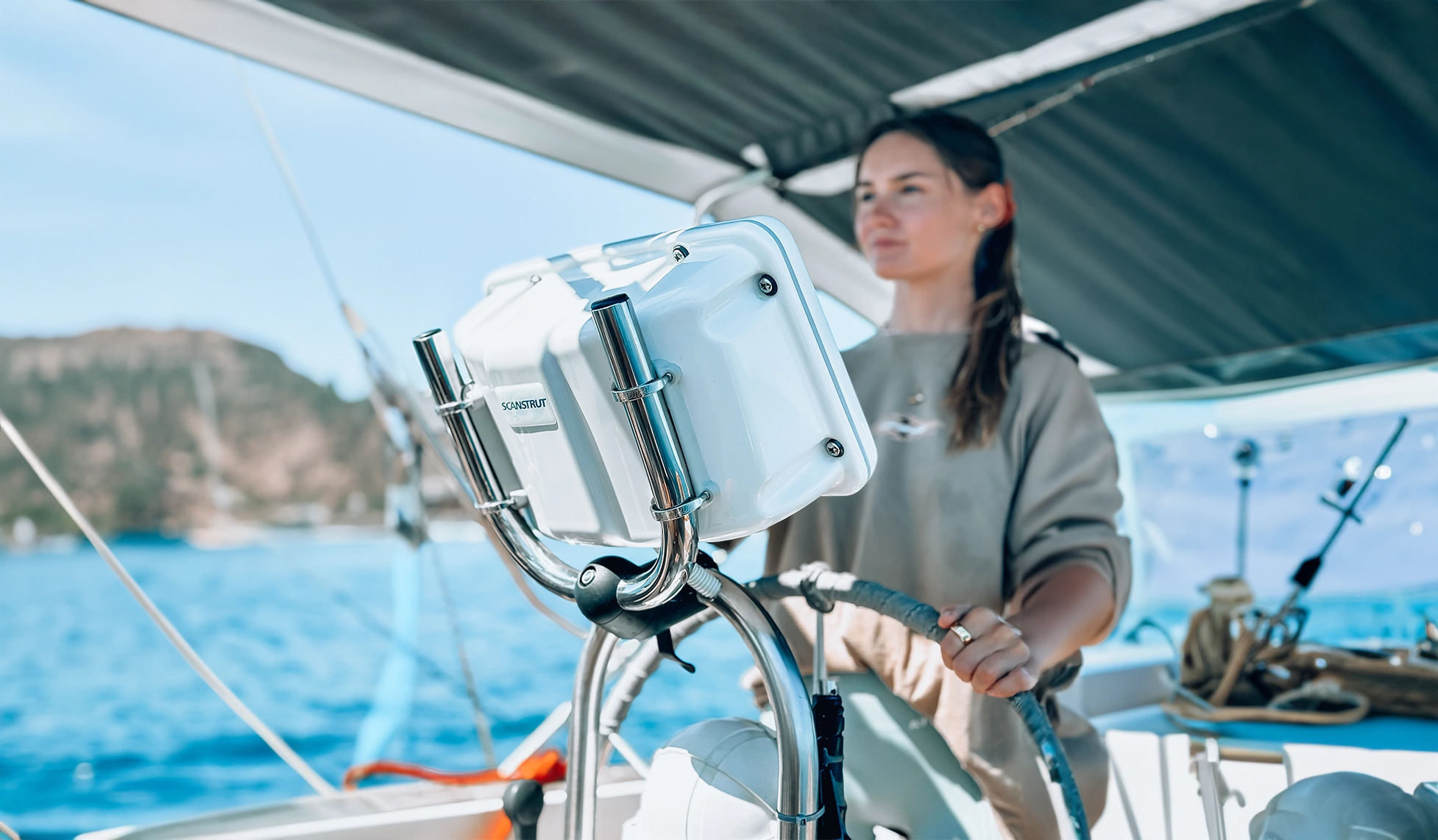 3 mins
3 mins In conversation with Teulu Tribe
We catch-up with TeuluTribe, aka, Becka and Zach, to hear their intro to sailing and renovation...
Read more
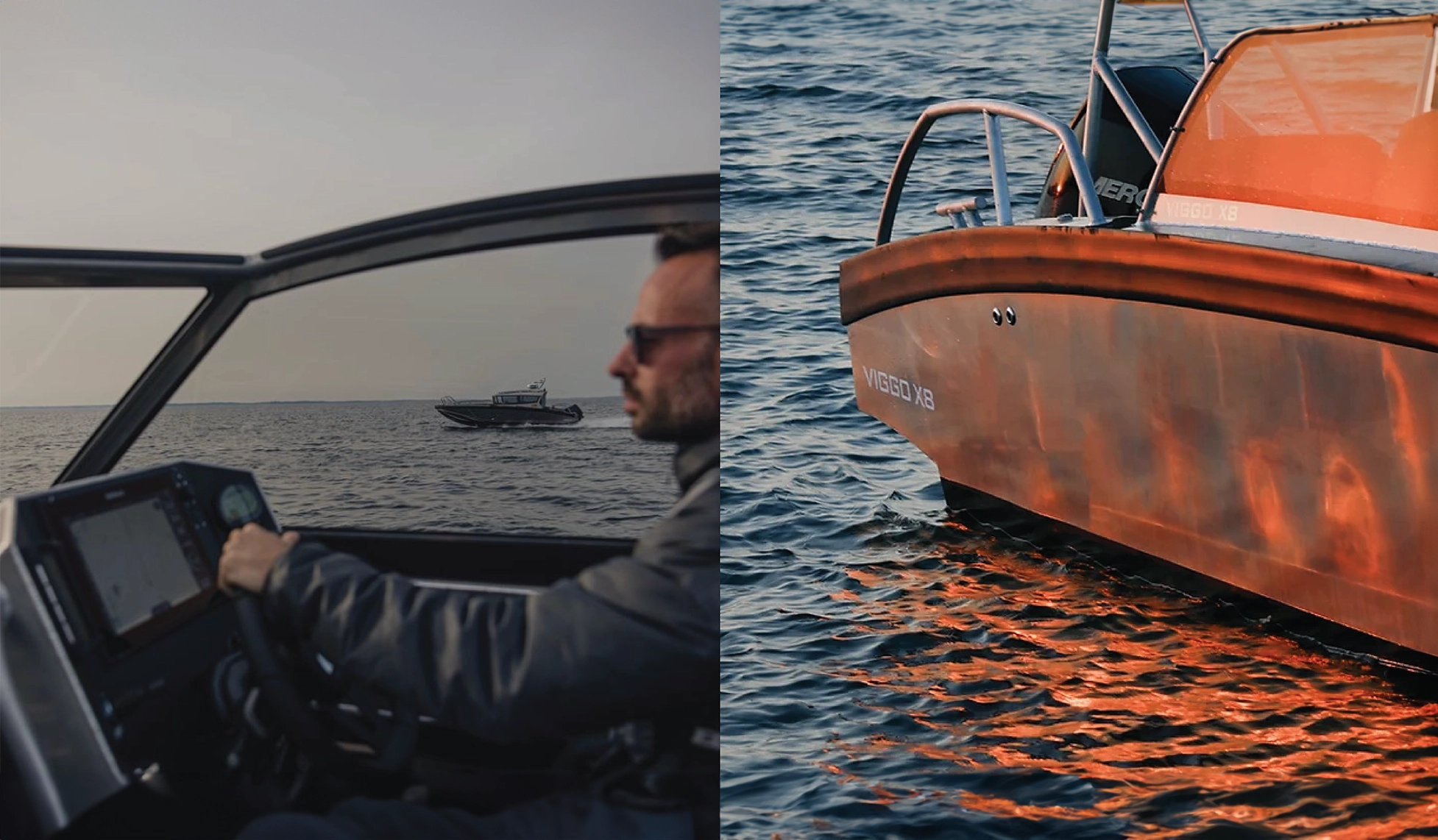 7 mins
7 mins In conversation with Viggo Boats
In this interview we speak with Douglas Matton, Production & Brand Manager at Viggo Boats ,...
Read more
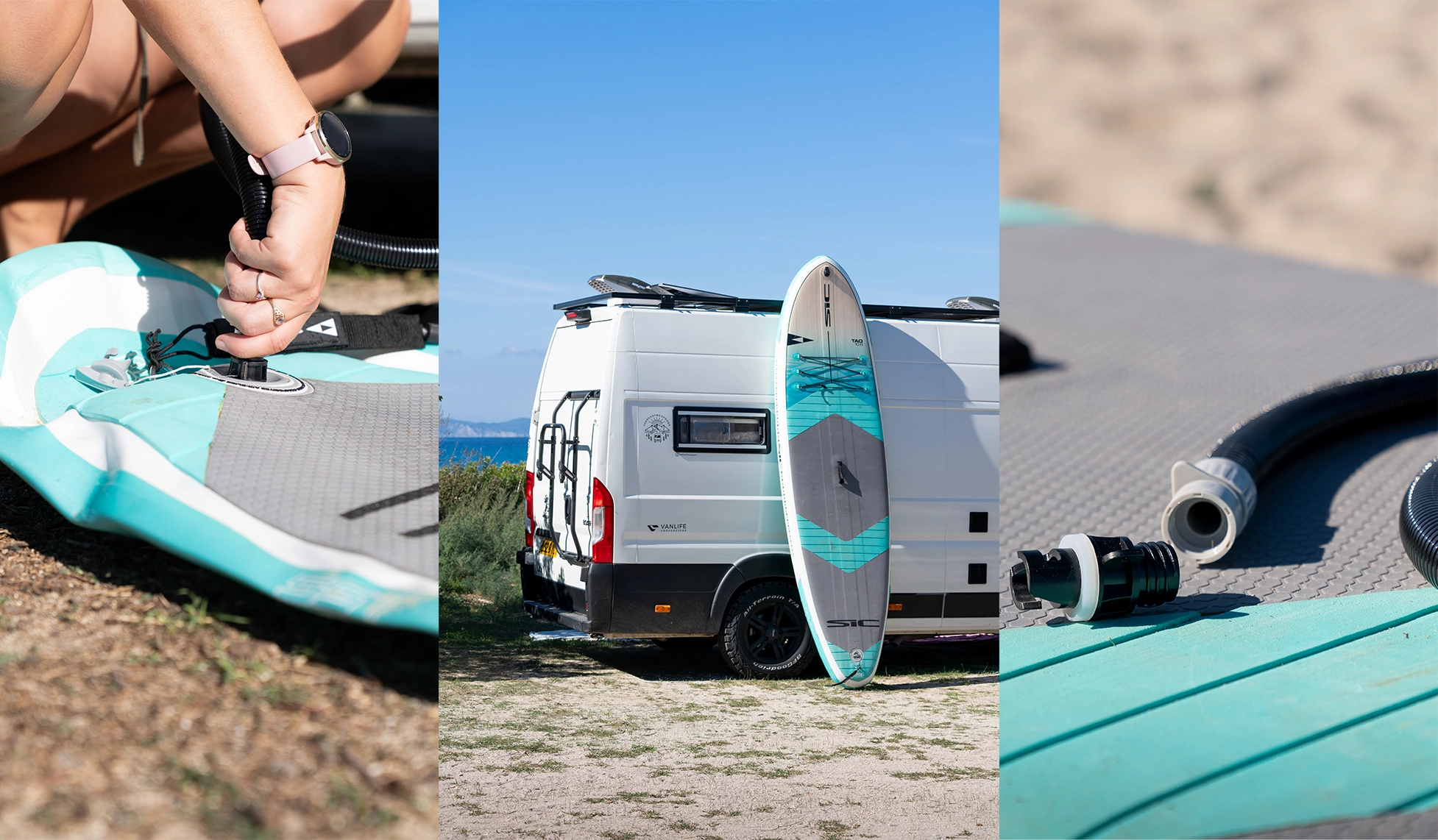 3 mins
3 mins The ultimate Vanlife Game-Changer
Discover Jess & Marcus' three-year vanlife journey, their van upgrades, and how the ATMOS Air...
Read more
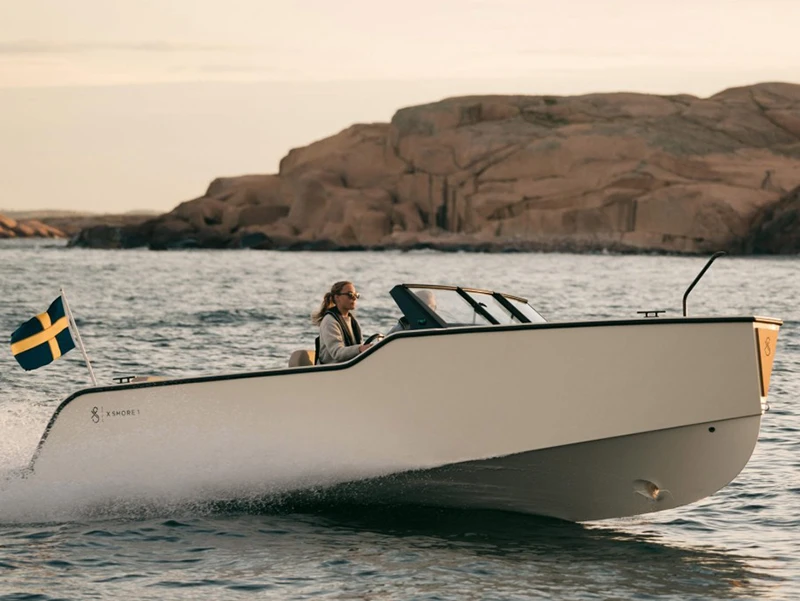 3 mins
3 mins 4 trends we saw at boot Düsseldorf
Our take on the products we came across whilst exhibiting at Boot Düsseldorf.
Read more
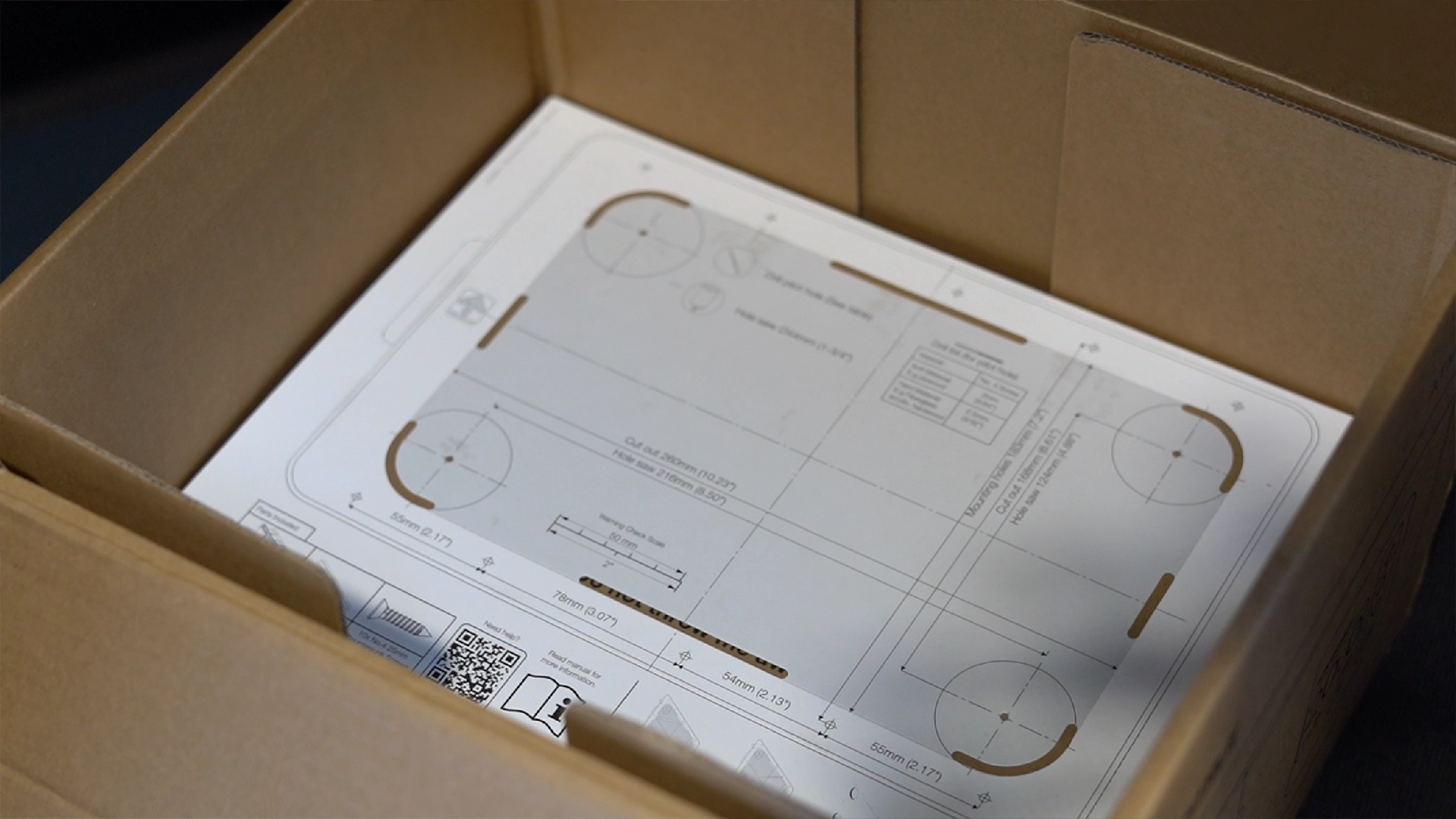 3 mins
3 mins How we reduced our plastic packaging
Reducing our plastic packaging and discovering massive business opportunities.
Read more
 6 mins
6 mins In Conversation With Scanstrut Design Team
An insight into the designers behind your much-loved Scanstrut products.
Read more
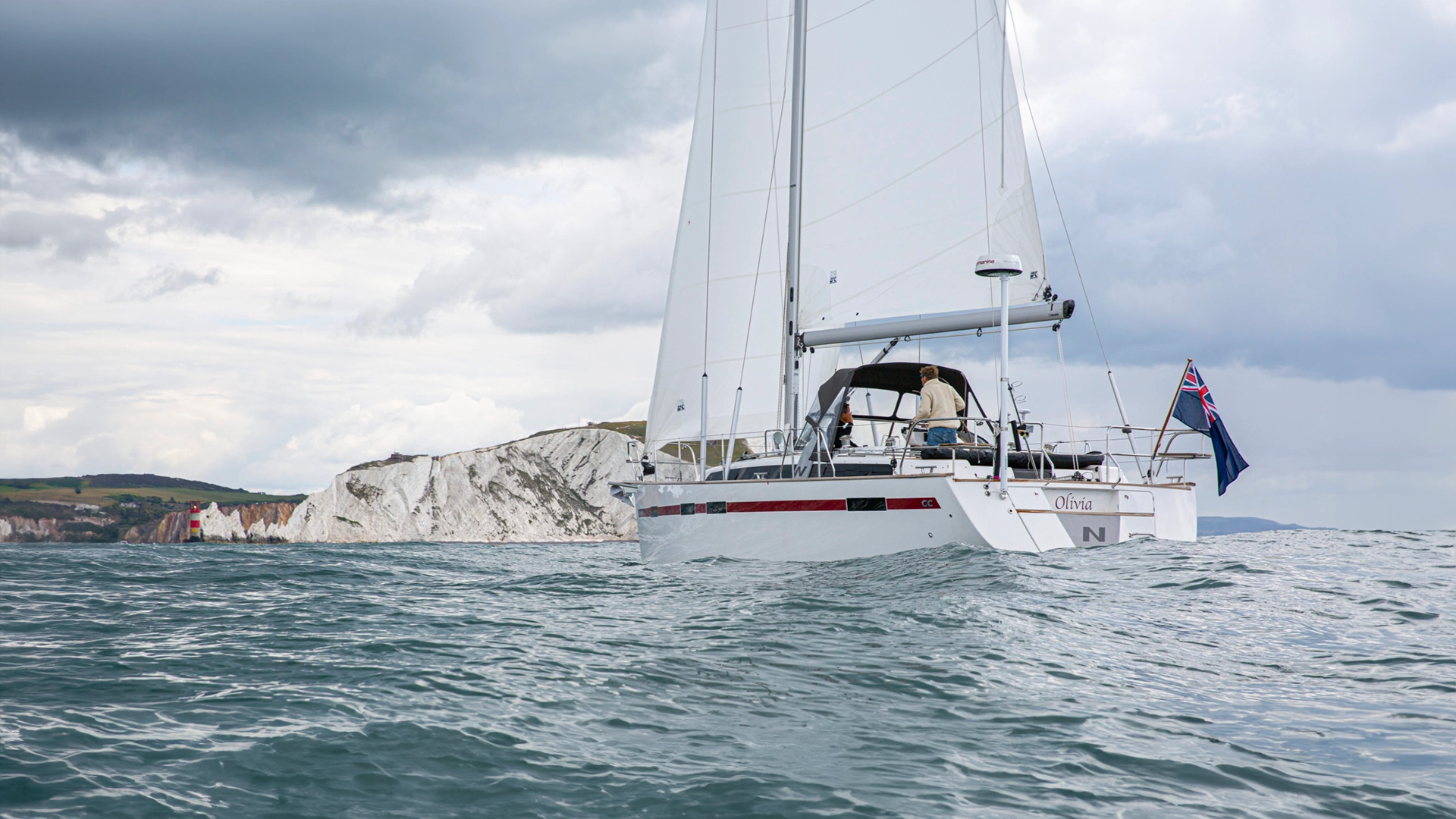 3 mins
3 mins Optimize Your Radar
You don’t need to master radar mounting, but understanding line of sight helps you choose...
Read more
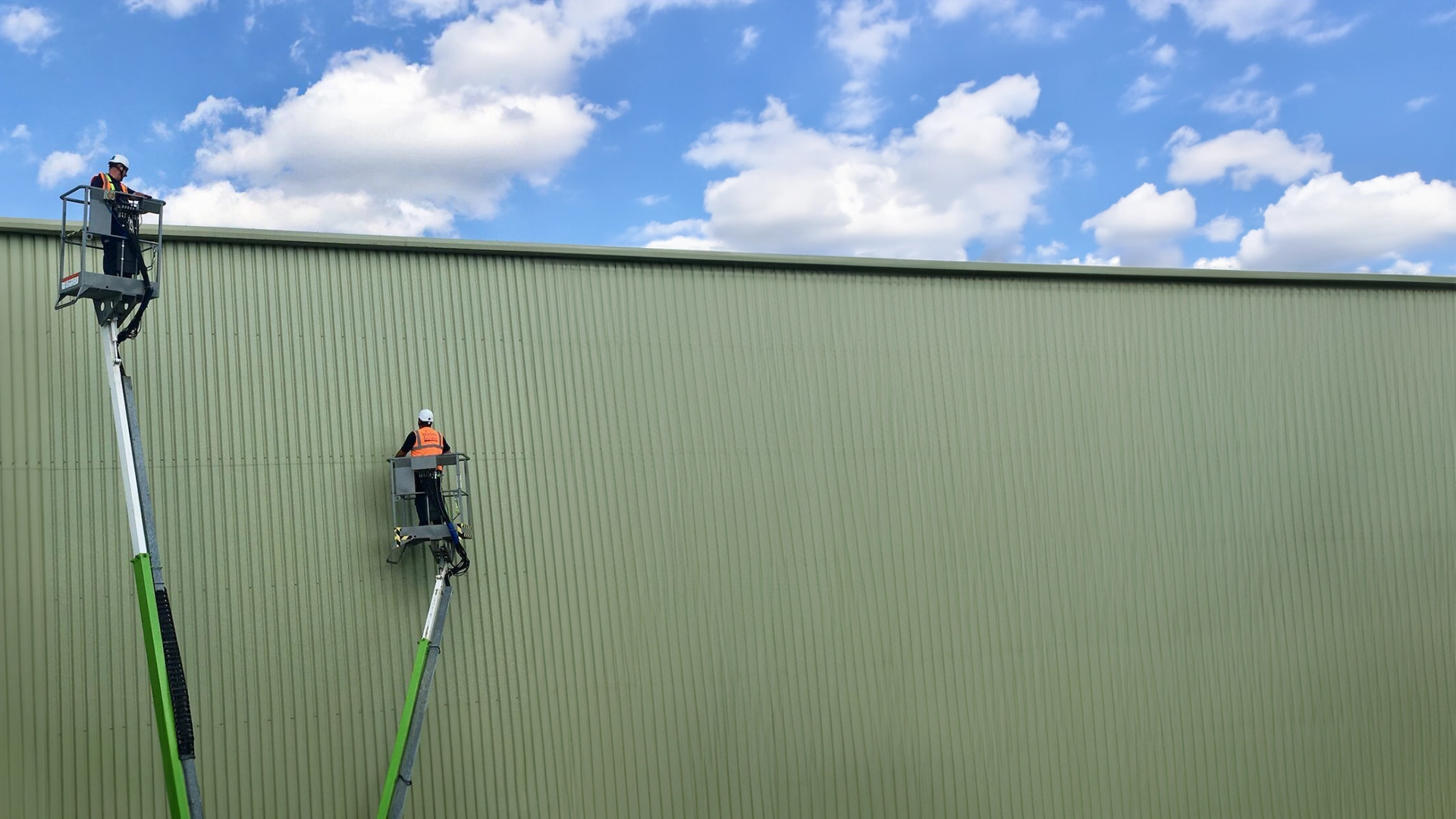 2 mins
2 mins Niftylift - Retrofitting to Modernize
How we worked with Niftylift, to retrofit charging onboard.
Read more
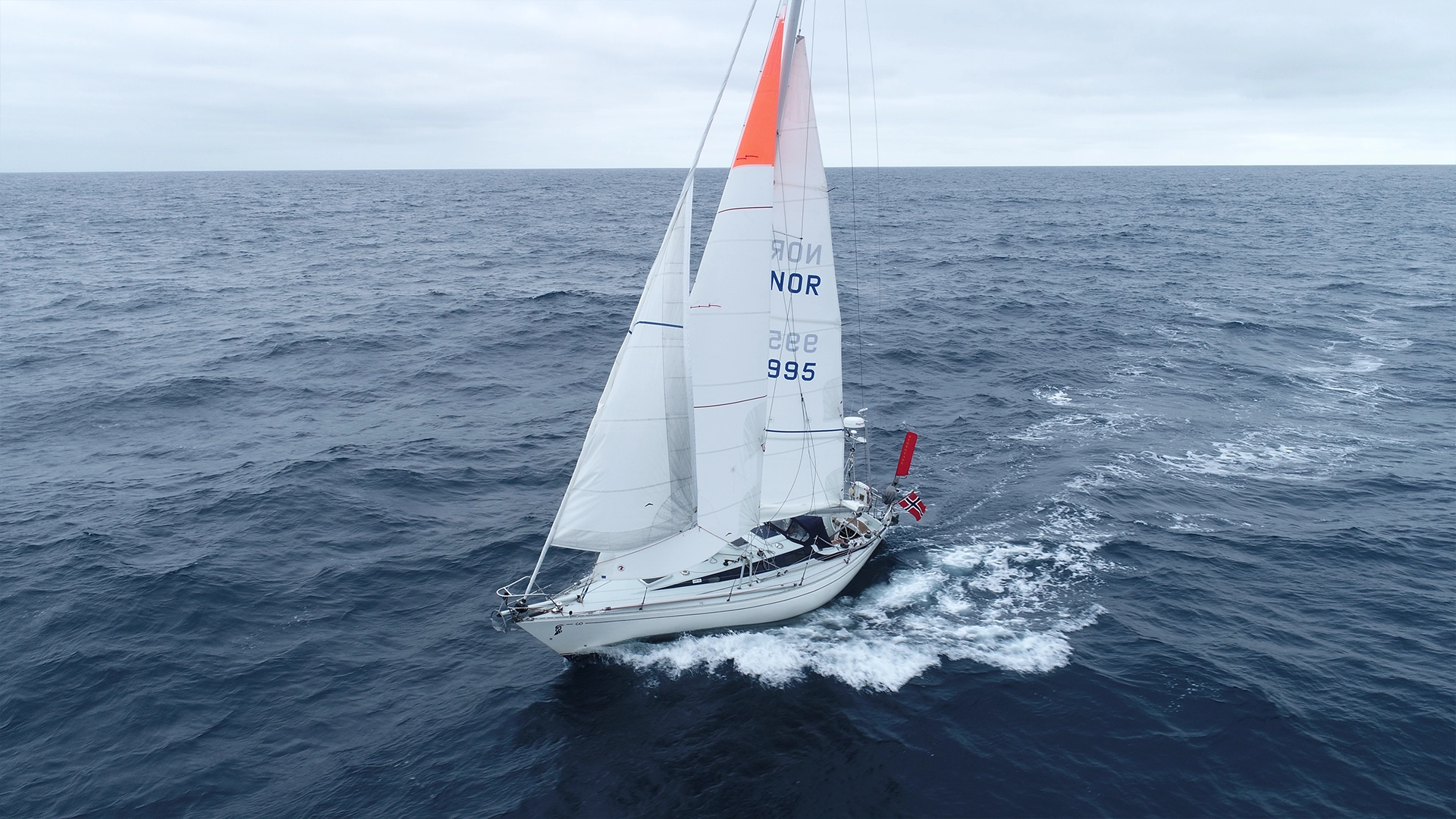 7 mins
7 mins Scanstrut X Erik Aanderaa
Sailing across the most treacherous seas and conquering fear in an exclusive interview with Erik...
Read more
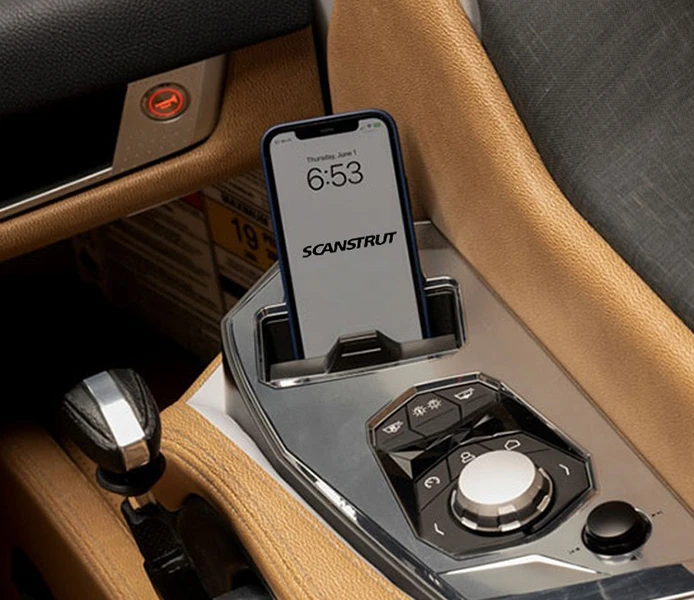 3 mins
3 mins Case study: AURA 10W
If you've ever wondered why a product is designed a certain way, or how material, form, and...
Read more
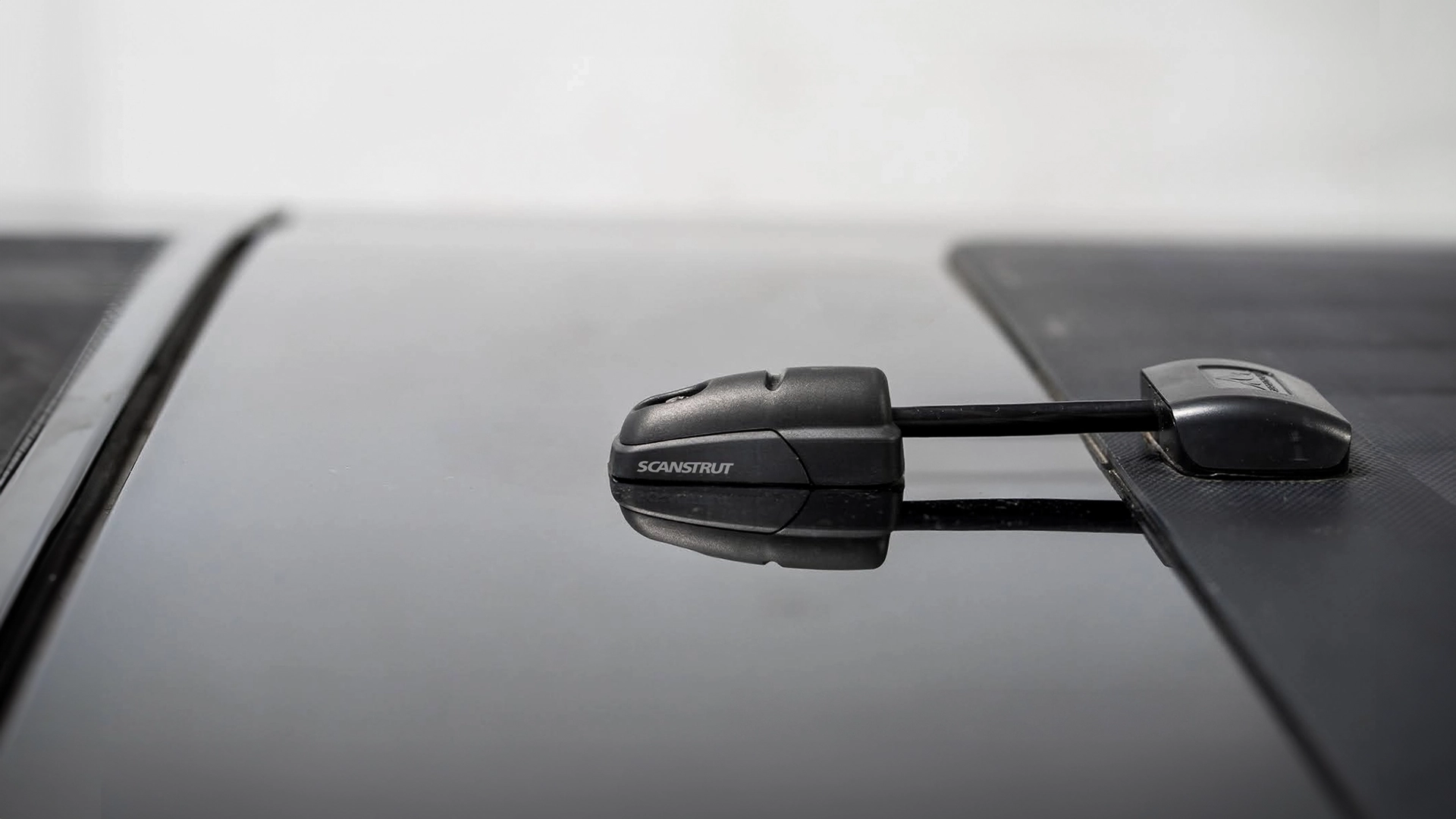 2 mins
2 mins The Perfect Wiring Solution for Off-Road...
The Ultimate Wiring Solution for Off-Road EnthusiastsFor off-road adventure seekers and vehicle...
Read more
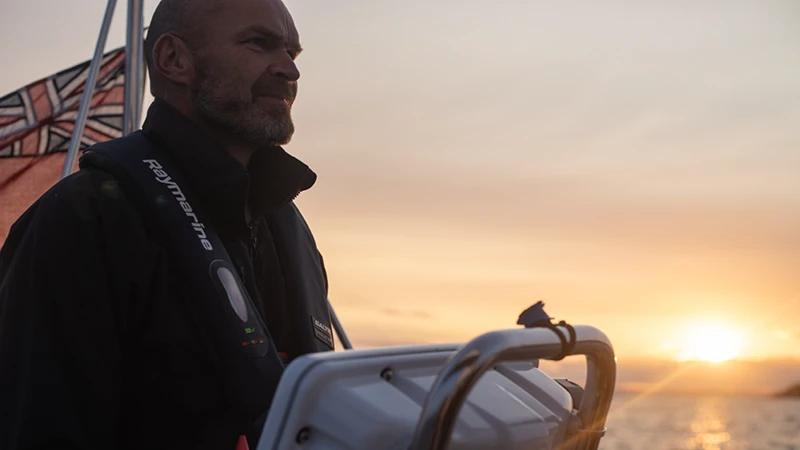 4 mins
4 mins In conversation with Monty Halls:The Role...
This interview explores the ocean conservation projects that Monty Halls has set up and how...
Read more
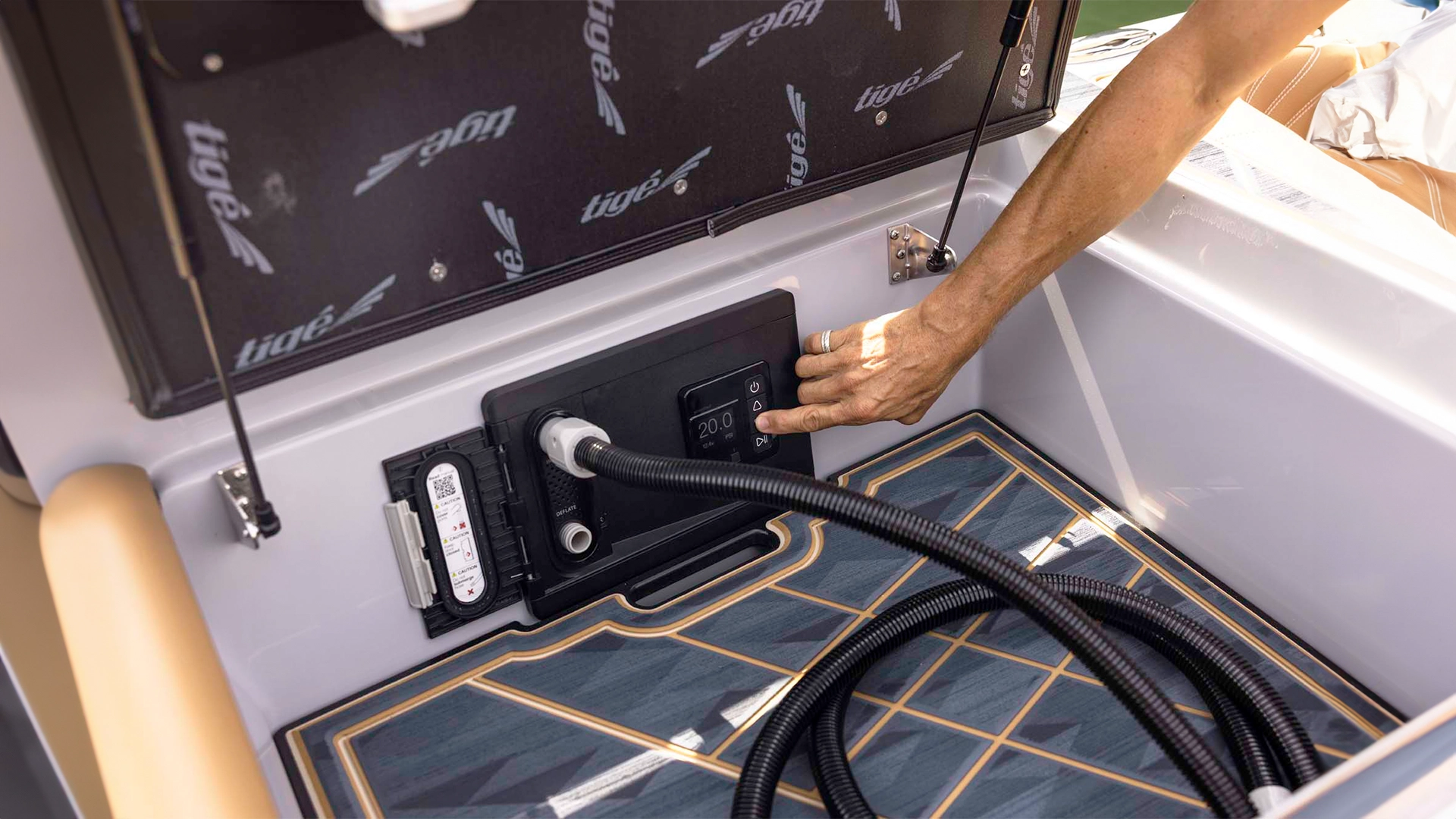 1 min
1 min ATMOS named Top Boating Product 2024
ATMOS has been selected as a 2024 Top Product, by Boating Industry.
Read more
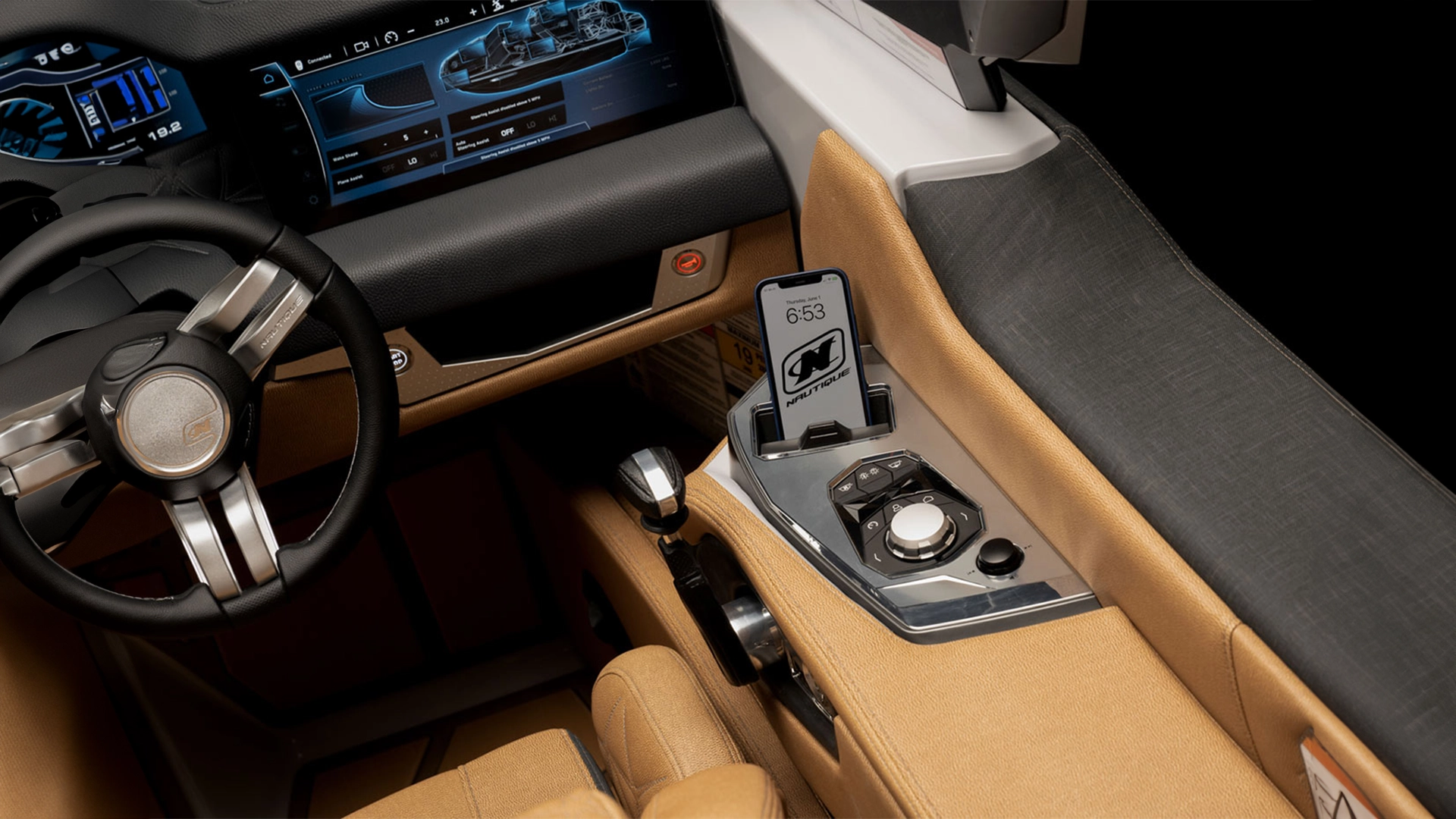 3 mins
3 mins Scanstrut Makes History with Triple Win
Scanstrut has entered the history books by clinching the prestigious Boat Builder Award at METS...
Read more
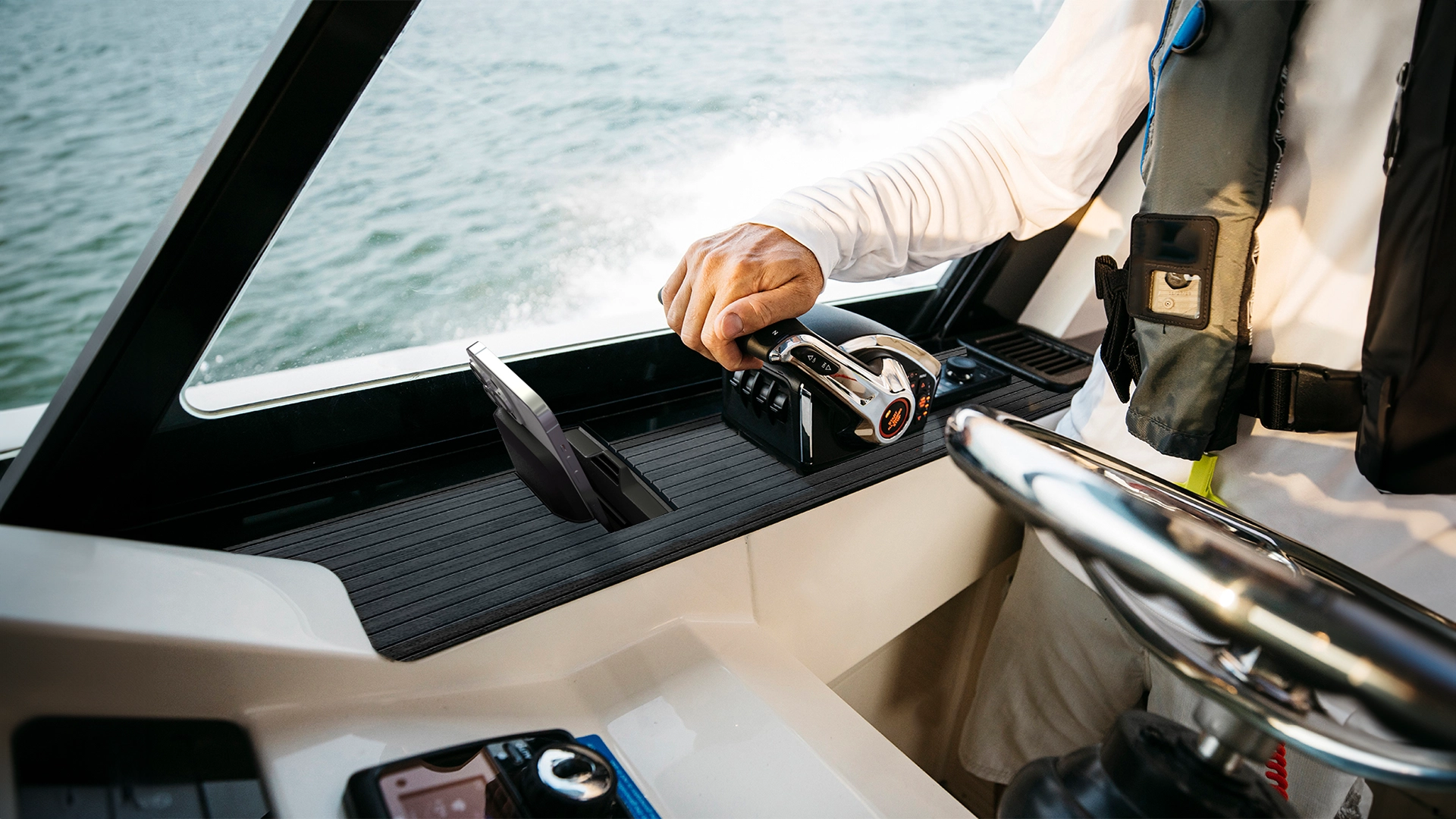 1 min
1 min Scanstrut X Nautique Partnership Nominated
Scanstrut, a prominent player in waterproof technology solutions, is excited to announce its...
Read more
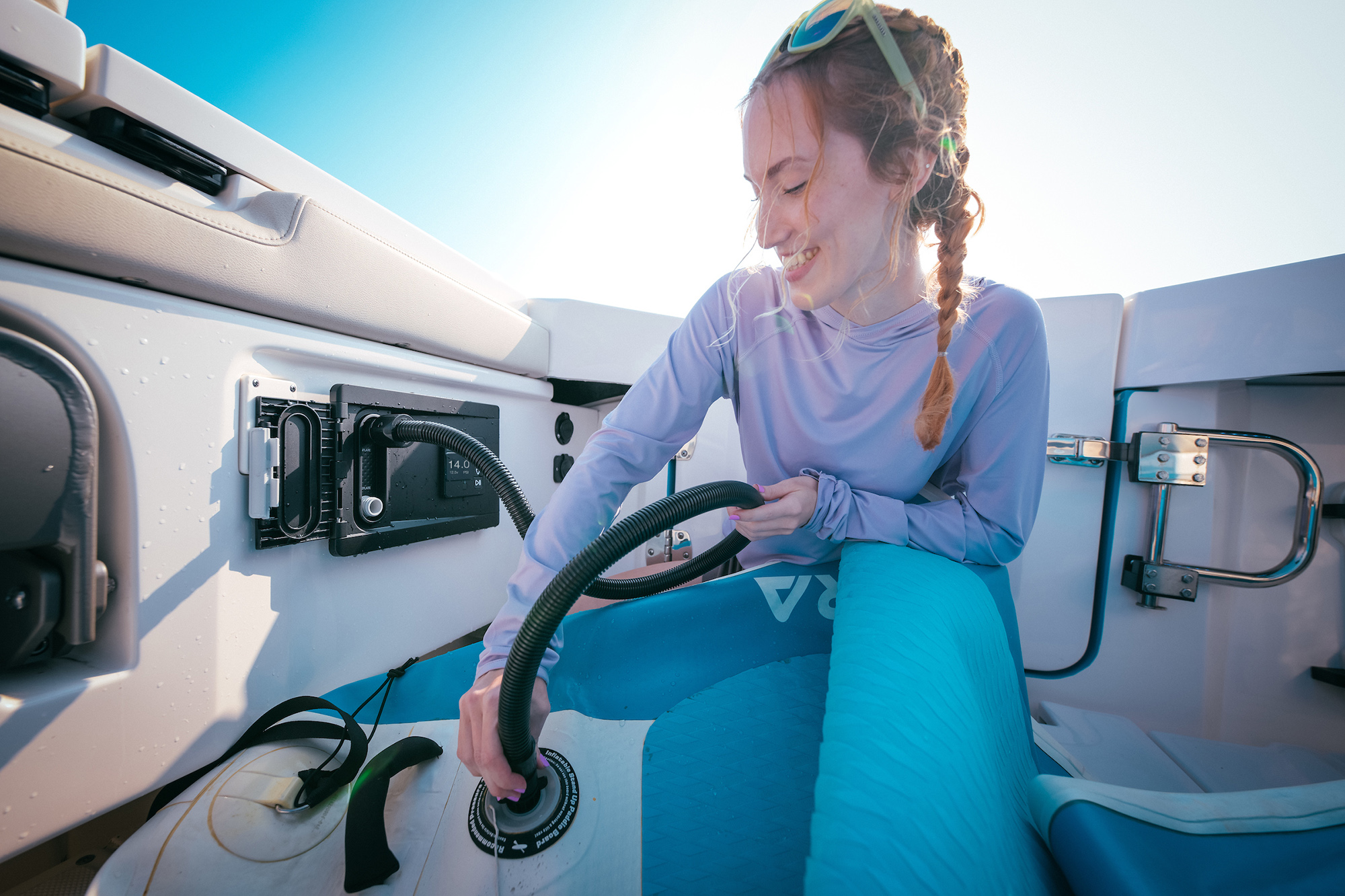 2 mins
2 mins ATMOS Wins Prestigious IBEX Innovation Award
Scanstrut, a leading innovator in outdoor technologies, is thrilled to announce that its...
Read more
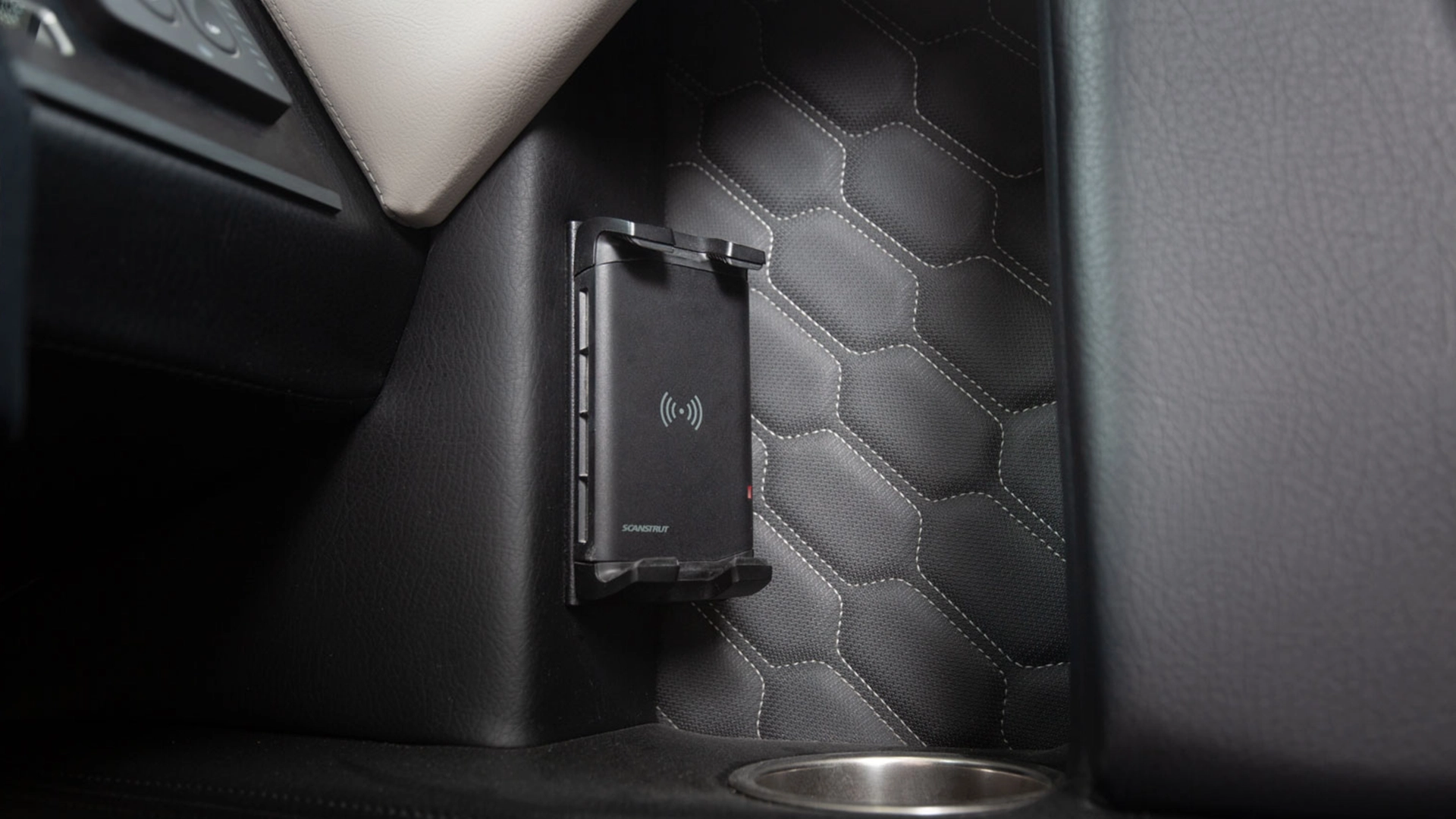 2 mins
2 mins ABA Select Scanstrut
American Boatbuilders Association choose Scanstrut to be the USB & Wireless Phone Charger...
Read more
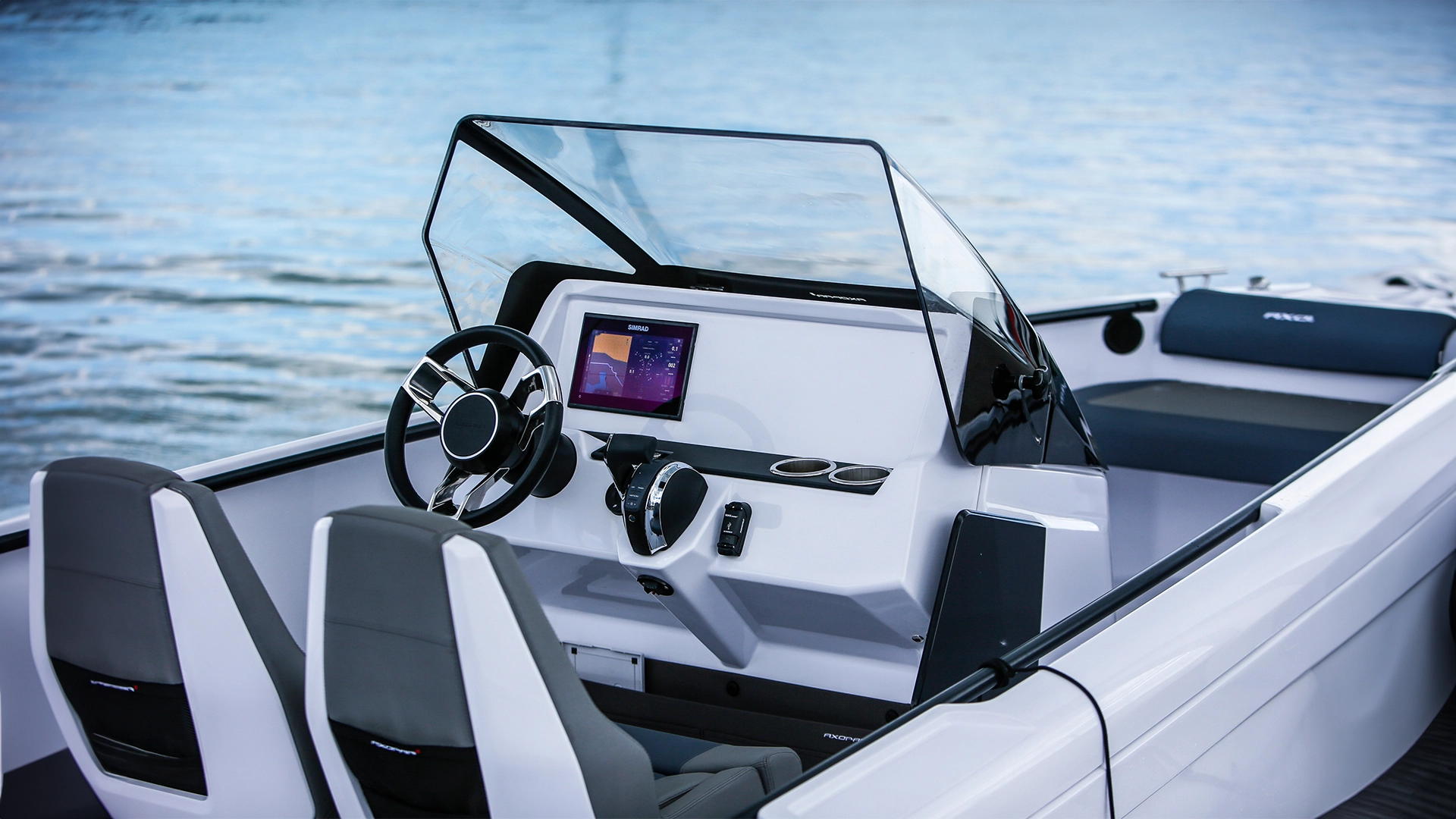 2 mins
2 mins IBBI Selects Scanstrut as Exclusive USB...
IBBI is proud to announce its partnership with Scanstrut
Read more
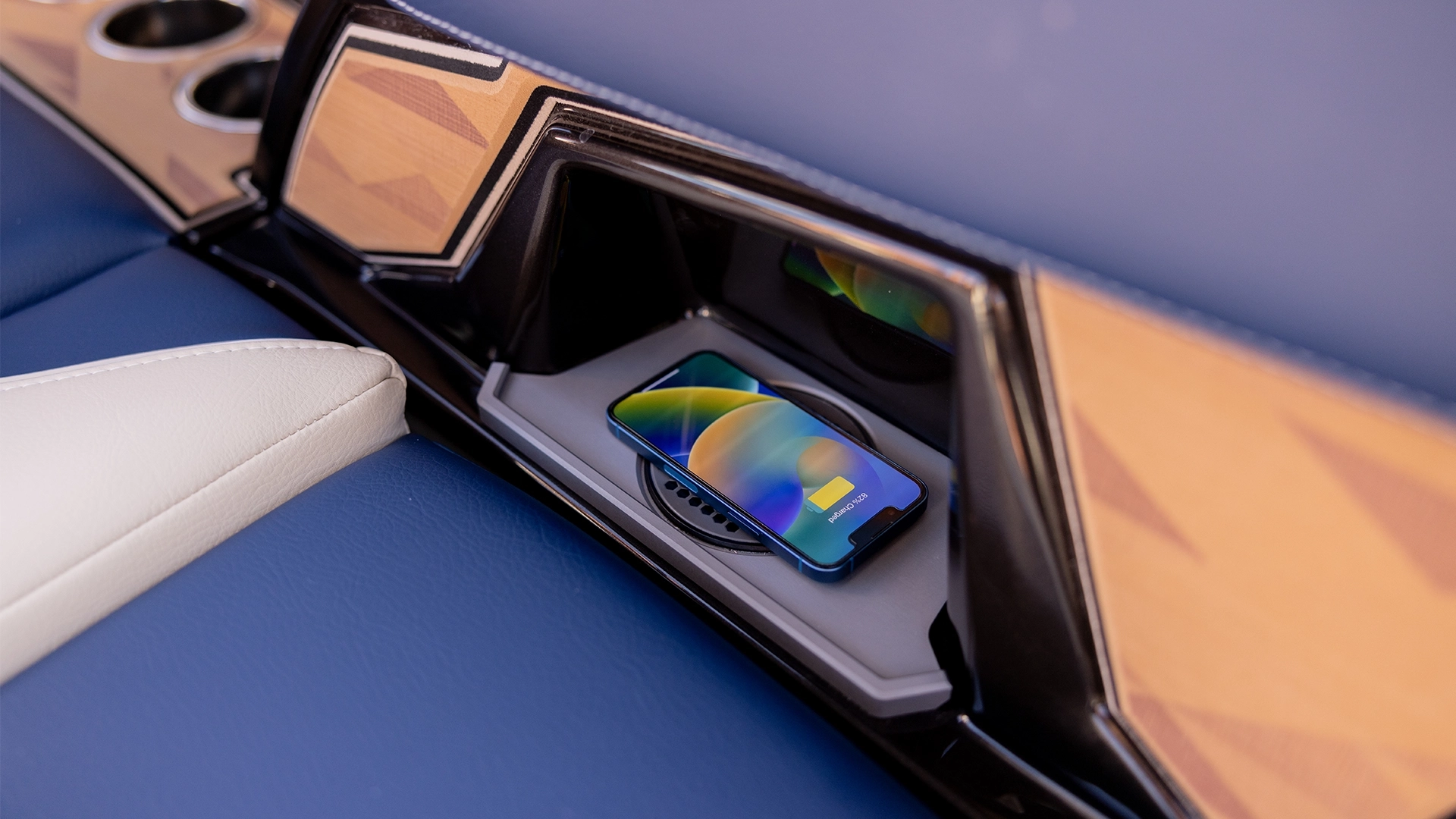 2 mins
2 mins Scanstrut Announces 5-Year Warranty for 10W
10W waterproof wireless chargers have been upgraded to a 5-year warranty
Read more
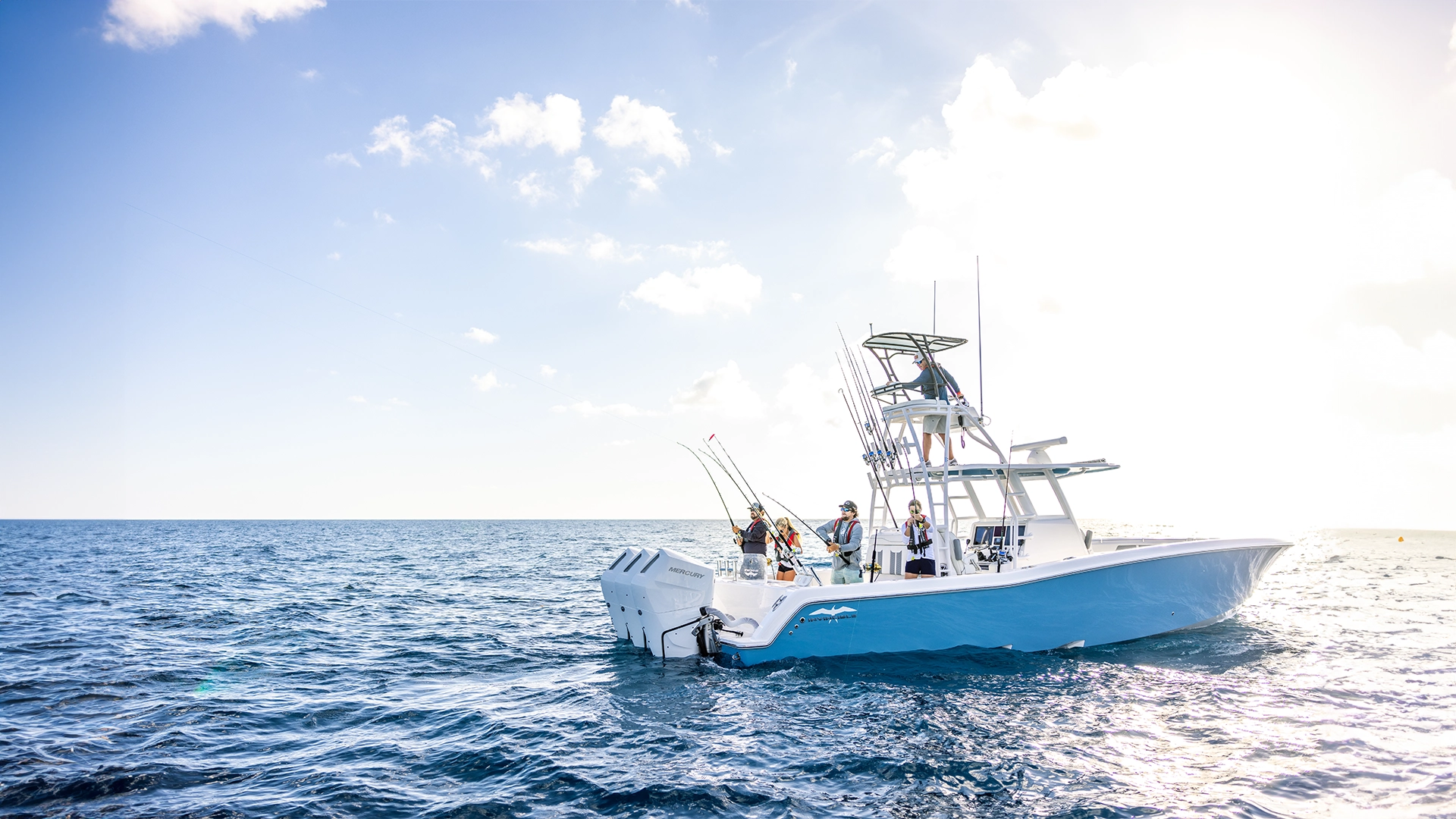 2 mins
2 mins Outstanding growth for Scanstrut
Due to phenomenal growth over the last two years, Scanstrut announces it has moved into a...
Read more
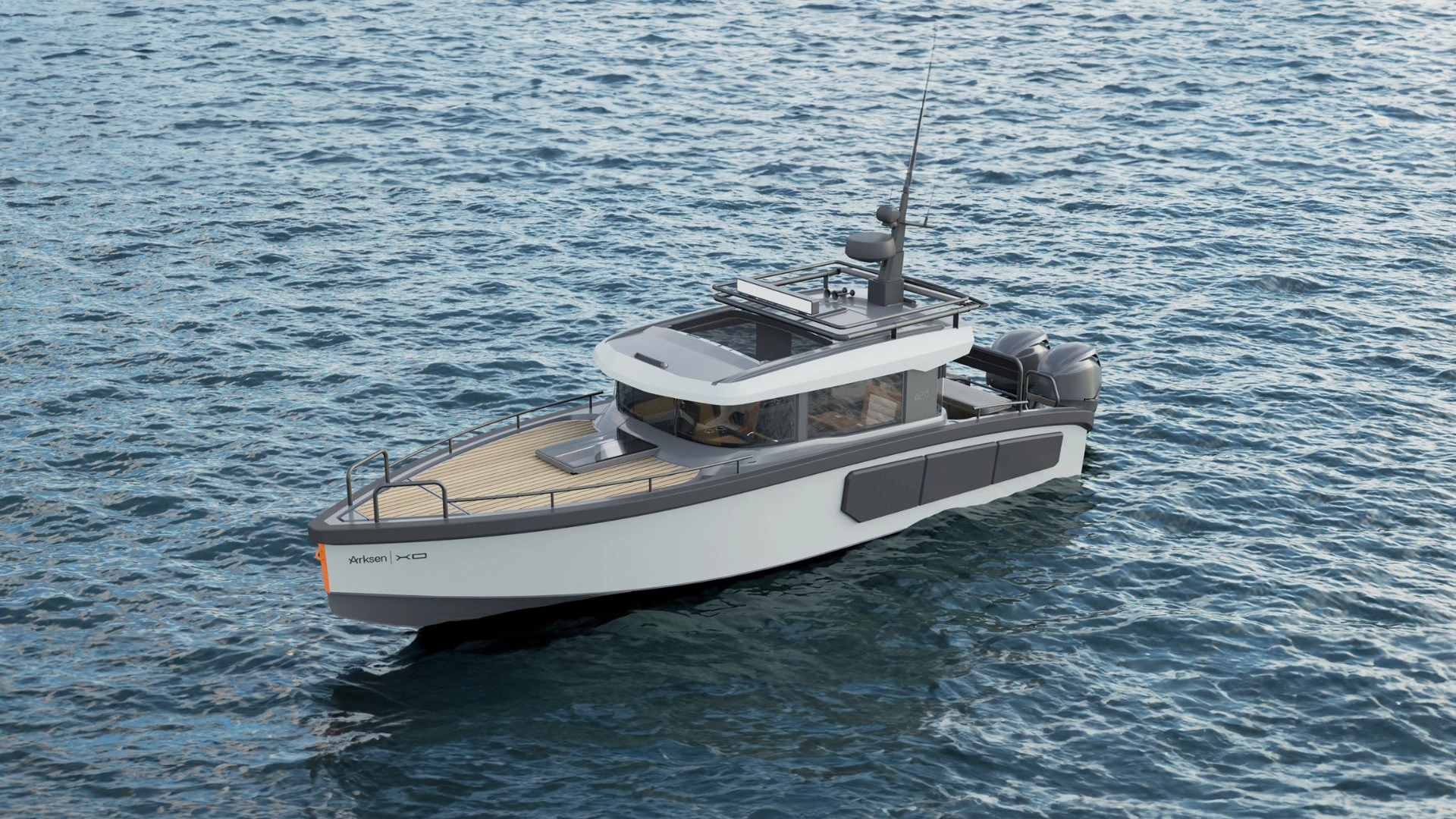 1 min
1 min Arksen selects Scanstrut as onboard...
Arksen announces that they have selected the charging ranges as standard, across their brand-new...
Read more
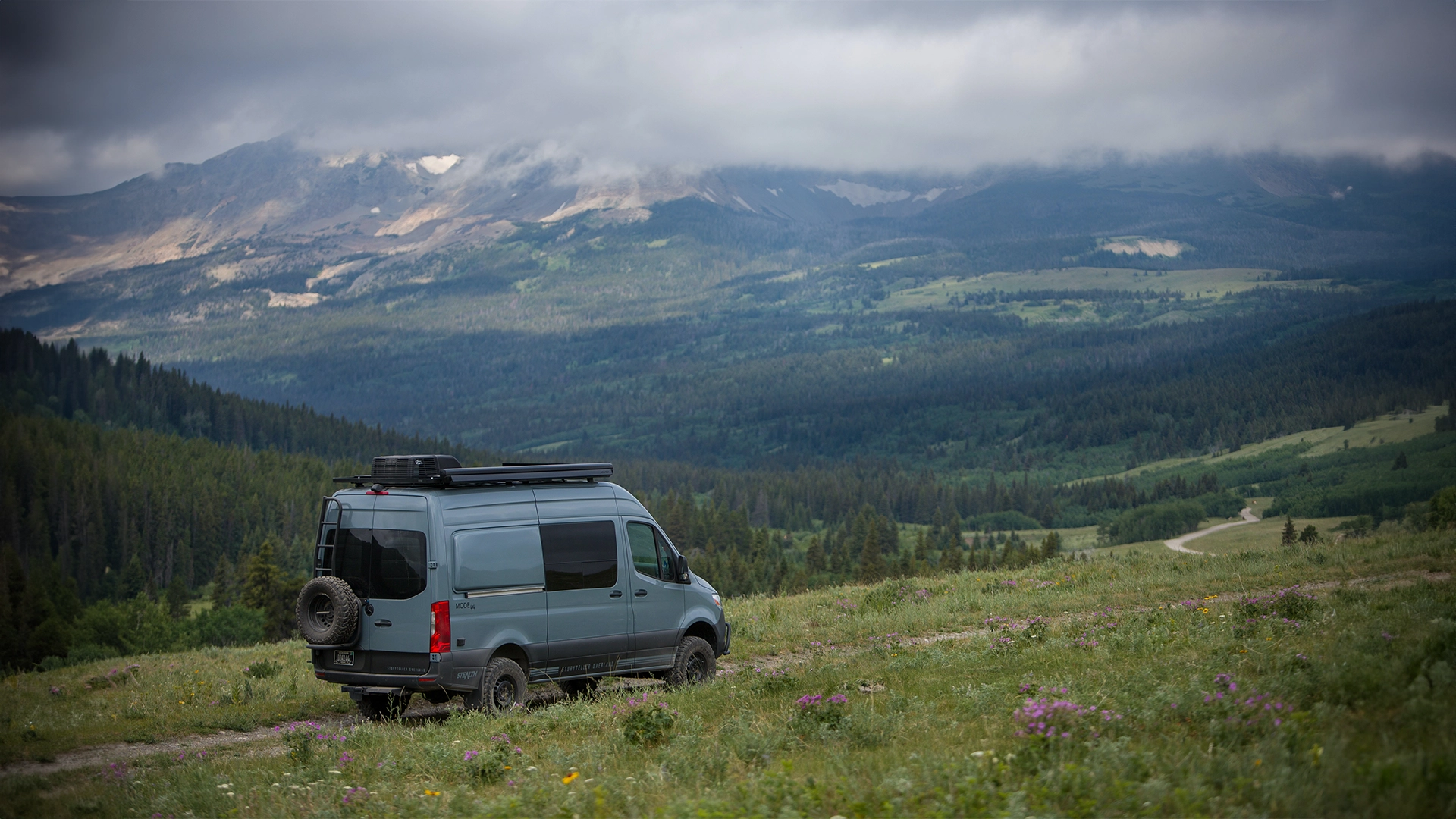 2 mins
2 mins The best phone charger for your RV or...
Find the best phone charger for your RV, Campervan or Caravan.
Read more
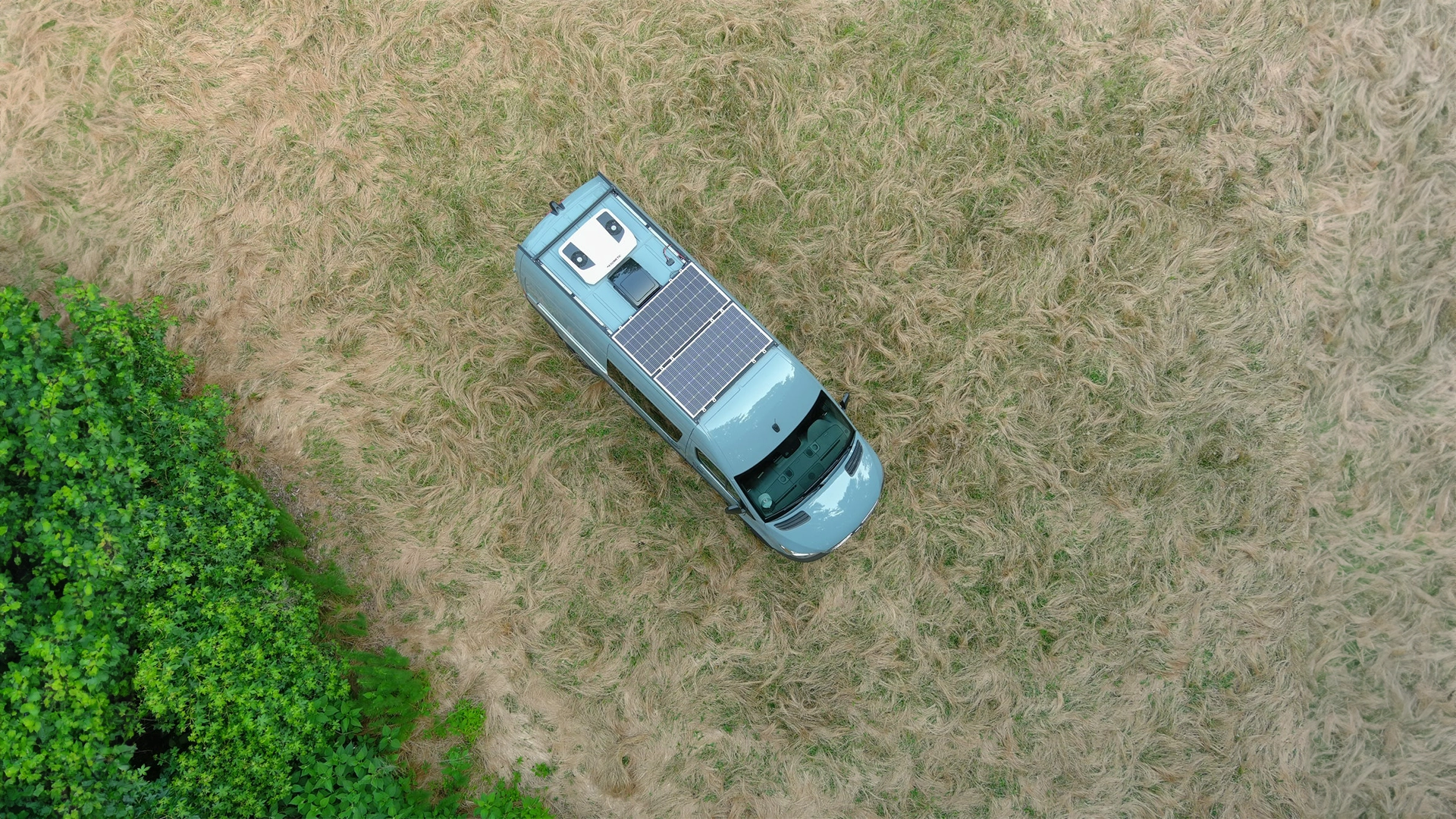 2 mins
2 mins Which Cable Seal is best for your...
Which Cable Seal is best for your installation?
Read more
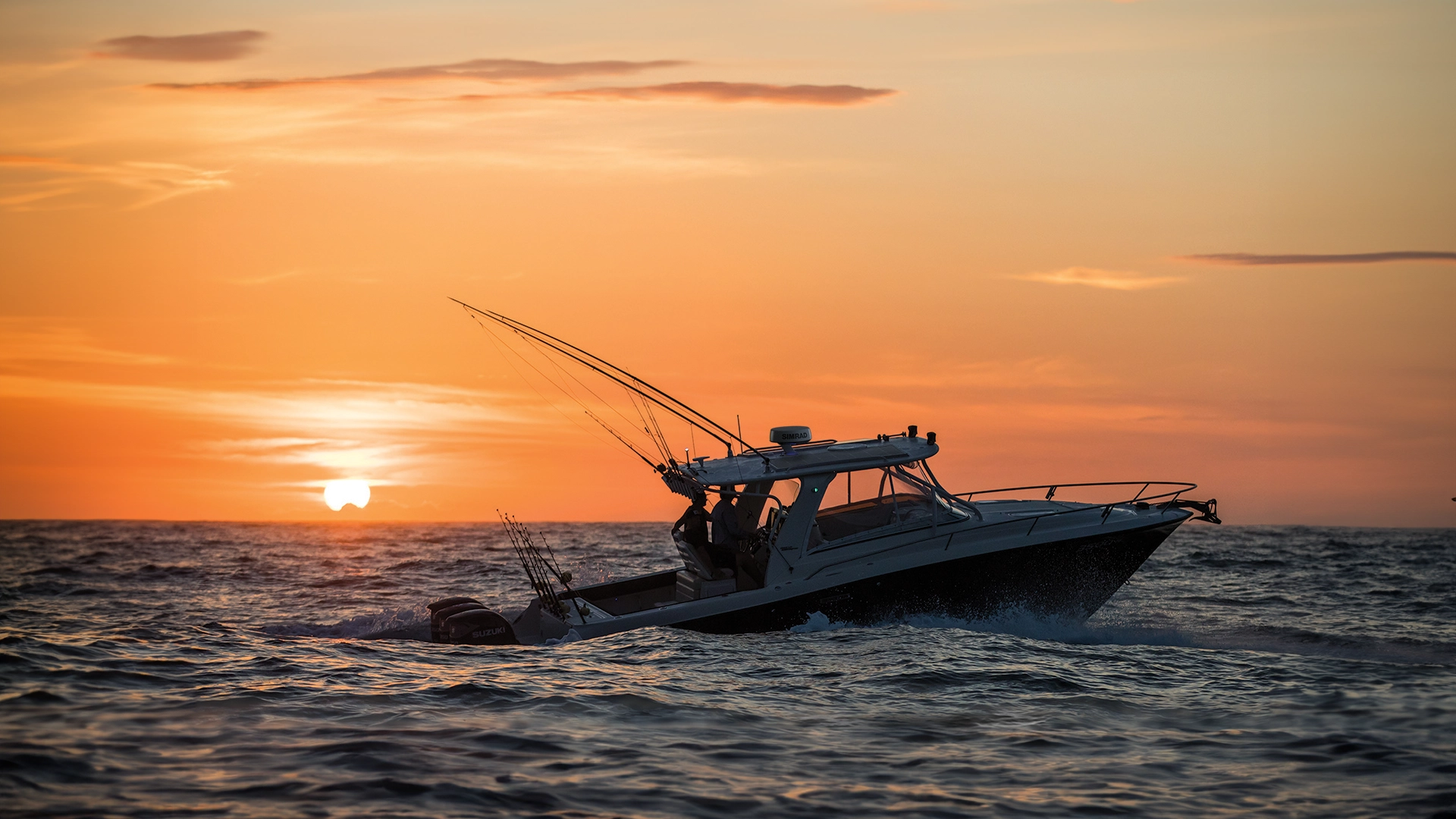 9 mins
9 mins The best way to mount a radar on your...
Installing radar on your powerboat, sports cruiser or RIB isn’t difficult, but fitting the...
Read more
 16 mins
16 mins
The 5 best places to mount radar
on...
You’ve decided to fit radar on your yacht, but just where on your sailboat is it best to...
Read more
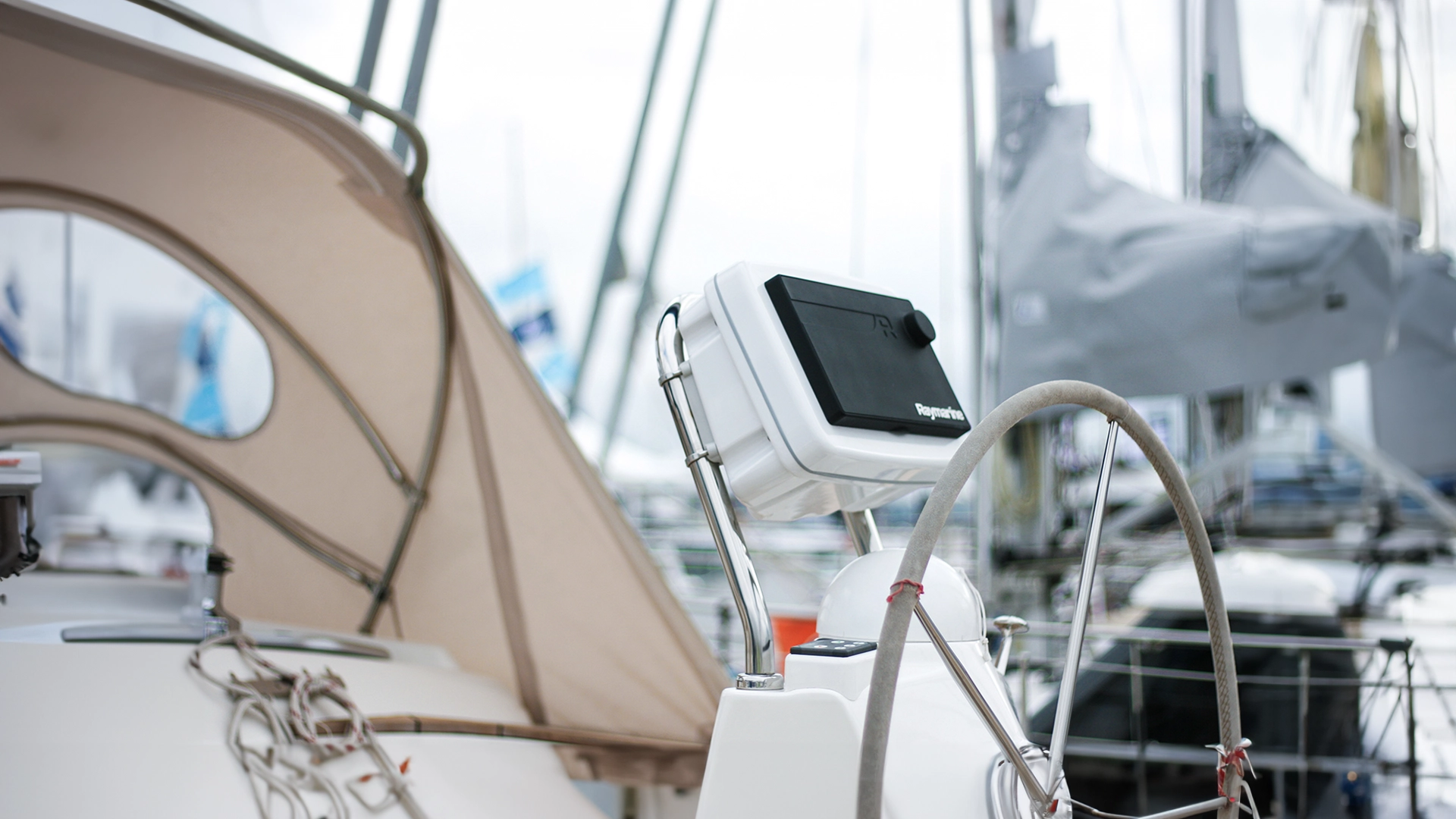 13 mins
13 mins Four places and twelve ways to fit a...
If you’re thinking about buying a chartplotter or multifunction display (MFD) for your...
Read more
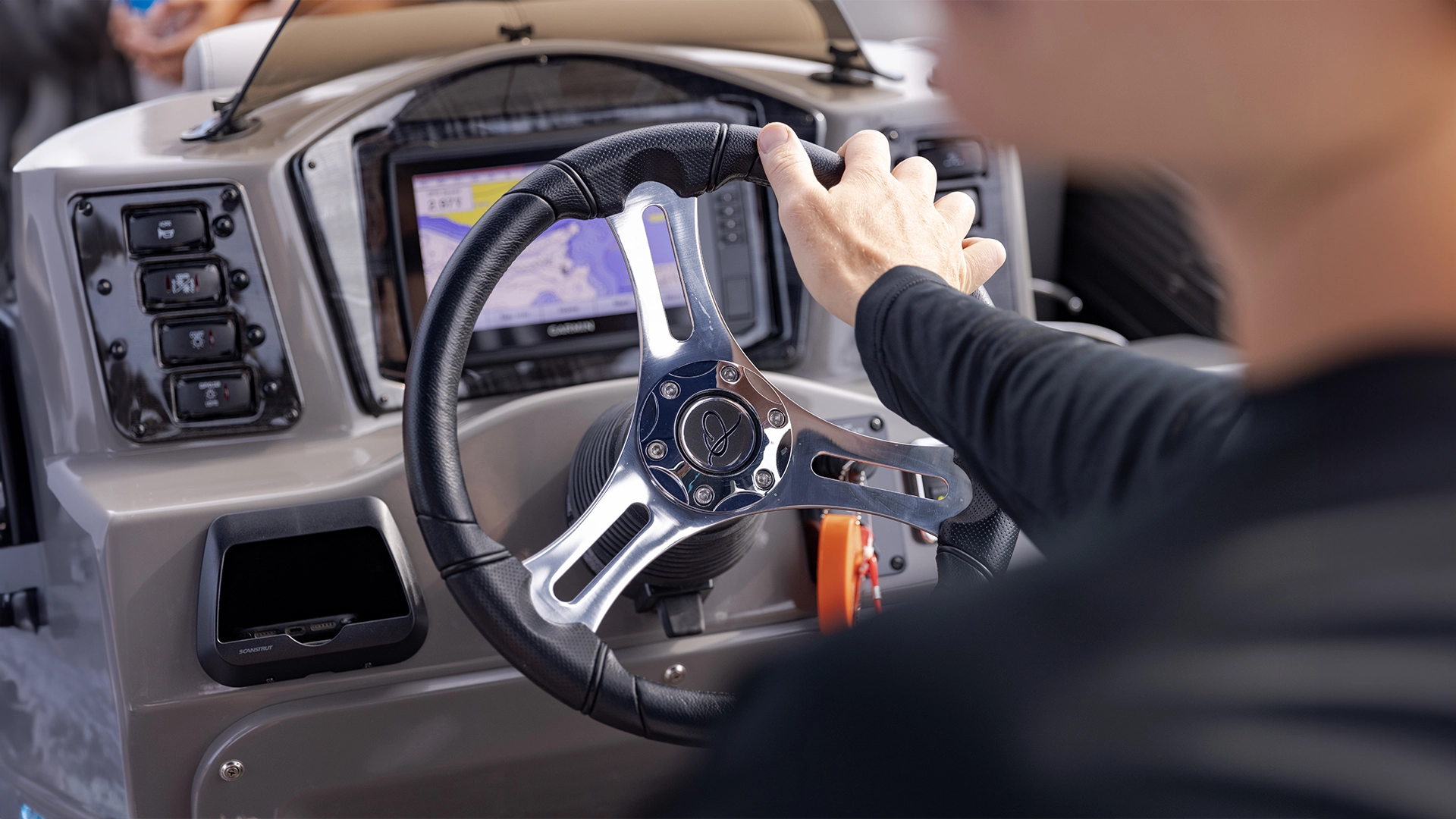 2 mins
2 mins Scanstrut Wins Two Pittman Awards!
We're very happy to announce that our ROKK Wireless - Nest & Catch have won SAIL Magazine's...
Read more
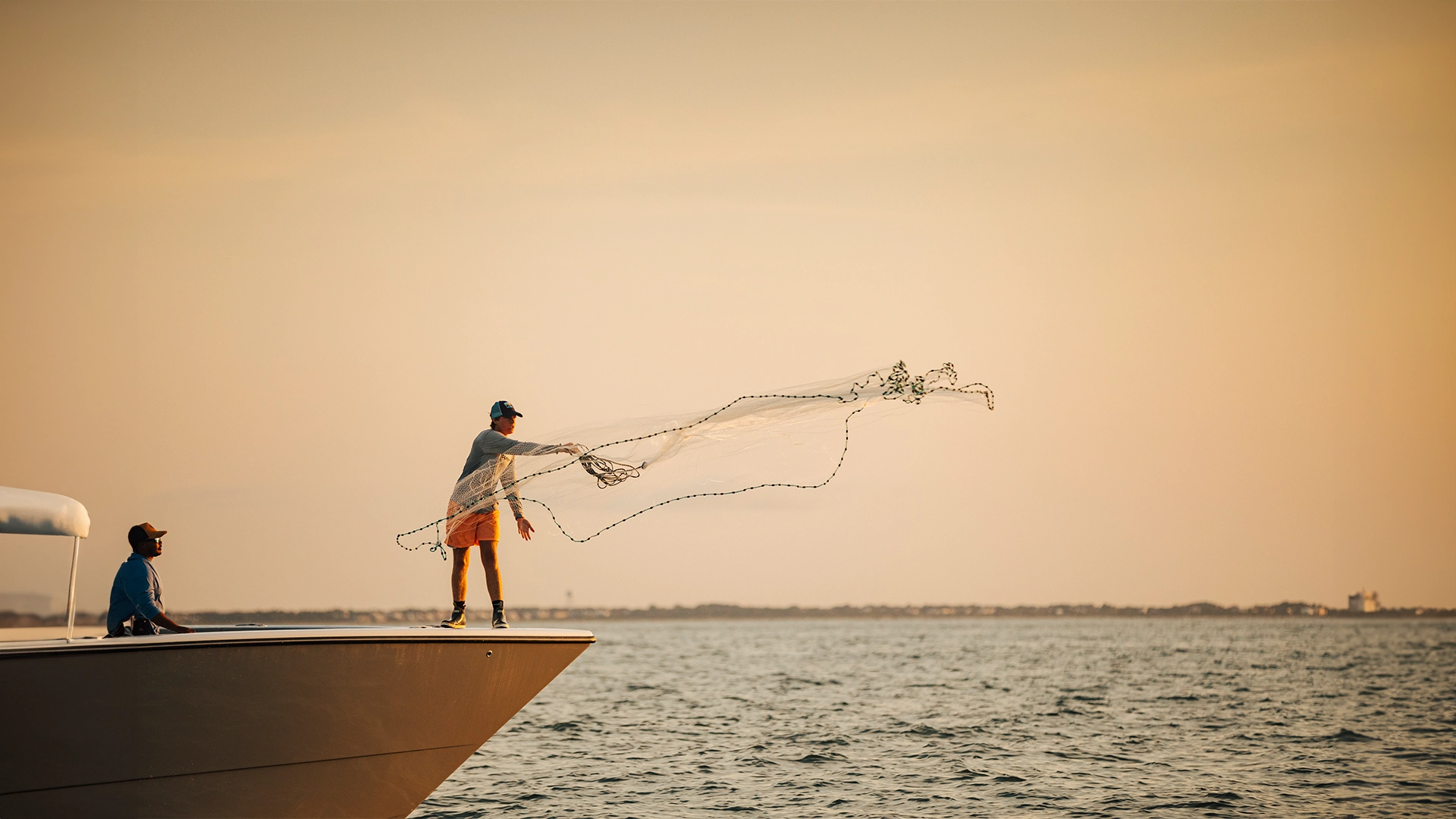 2 mins
2 mins Scanstrut and Barrus sign new UK...
One of the UK's leading importers and distributors of engines and marine equipment, Barrus will...
Read more
 14 mins
14 mins How to use a tablet or phone as a...
Tablets and mobile phones can do most of the things that marine chartplotters can do. So can you...
Read more
 3 mins
3 mins Supporting Ghostnet Campaign for Sea Shepherd
Scanstrut tapered mast mounts used on Sea Shepherd vessel 'Spectre' for salvaging fishing gear.
Read more
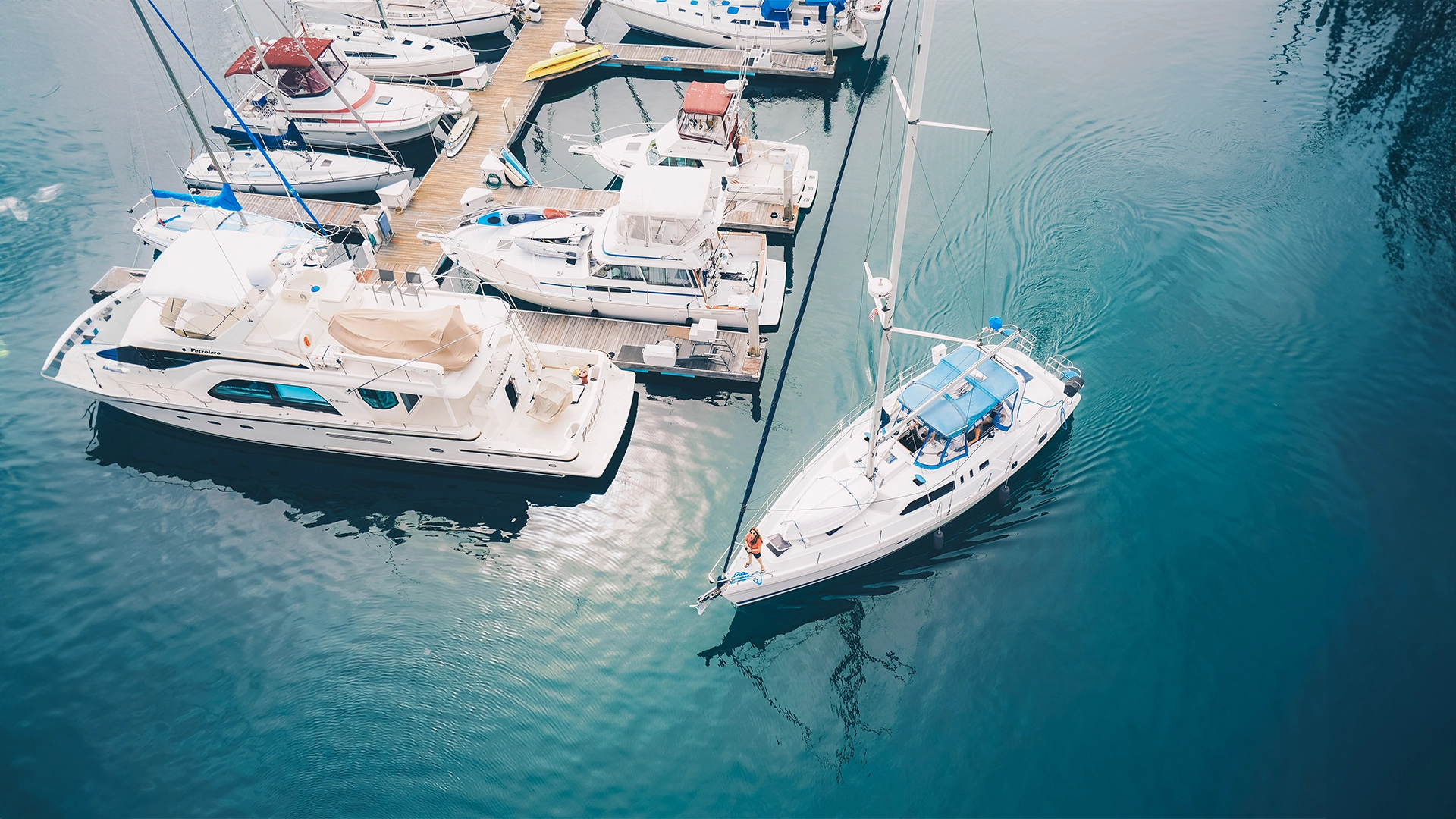 4 mins
4 mins Scanstrut recognised as one the of the...
Scanstrut recognised as one the of the strongest suppliers in the industry by customers for...
Read more
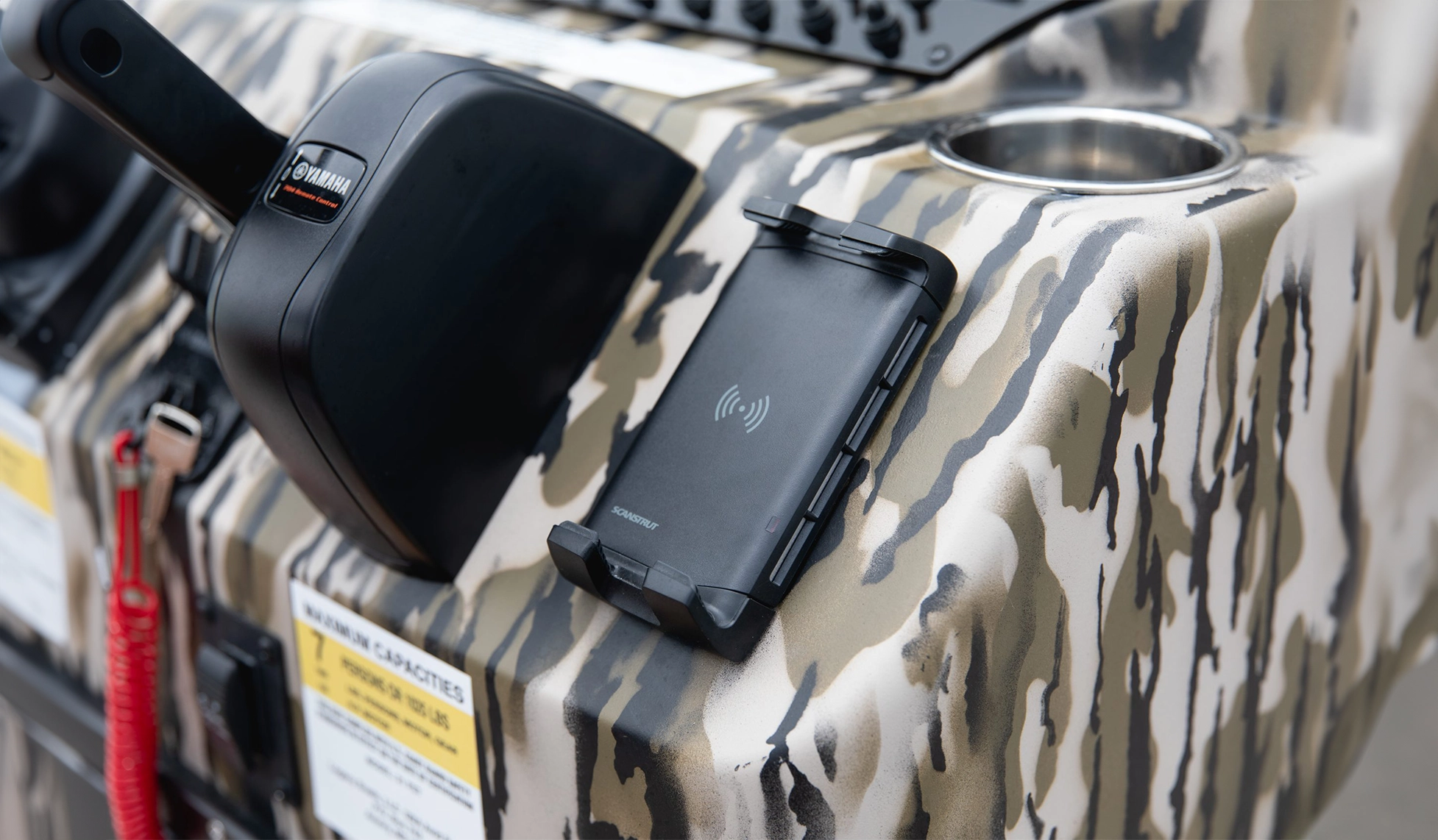 1 min
1 min Scanstrut Features Twice in the Top 50...
We're very happy to announce that our ROKK Wireless - Nest & Active waterproof wireless phone...
Read more
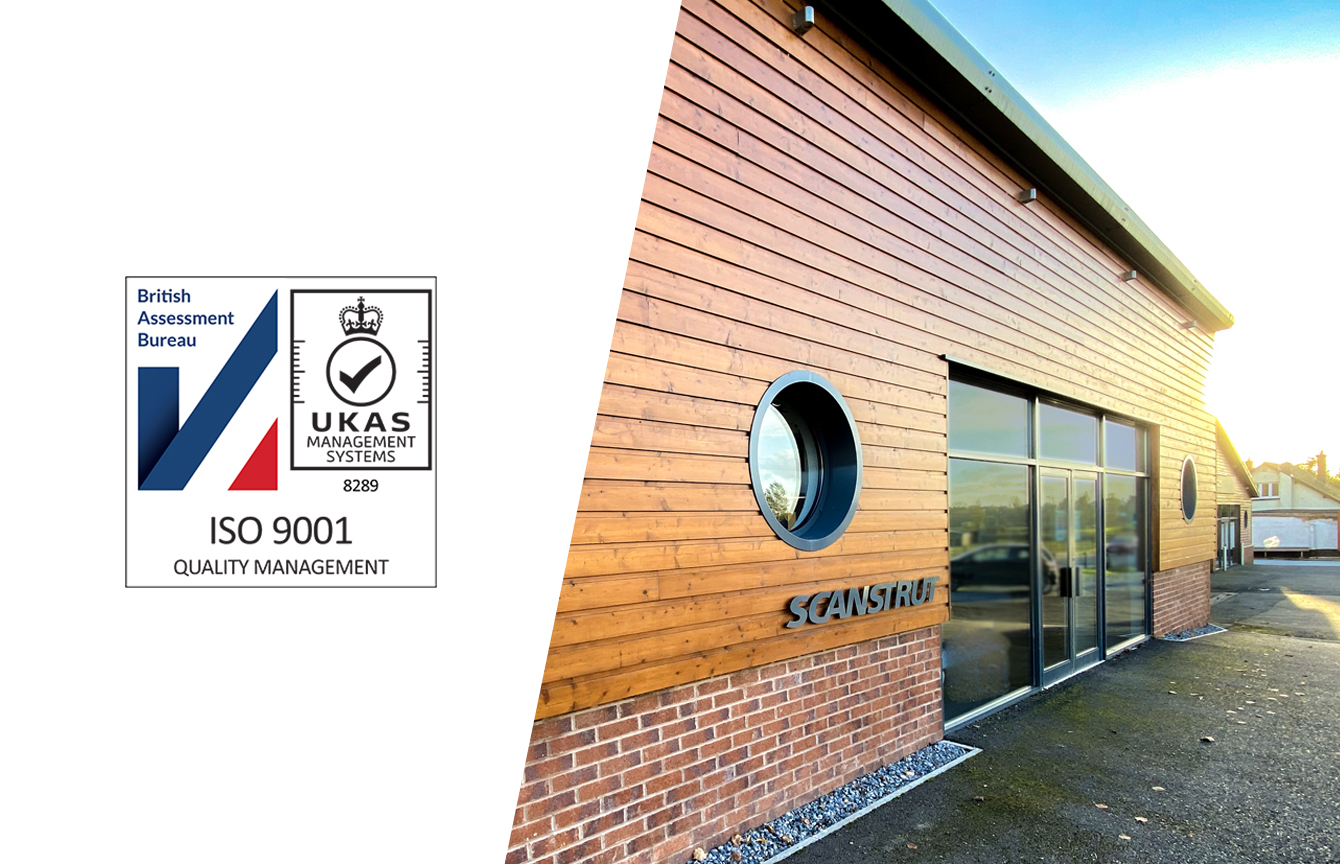 2 mins
2 mins Scanstrut celebrates ISO 9001:2015...
Scanstrut is pleased to announce that it has been awarded ISO 9001:2015 certification. This...
Read more
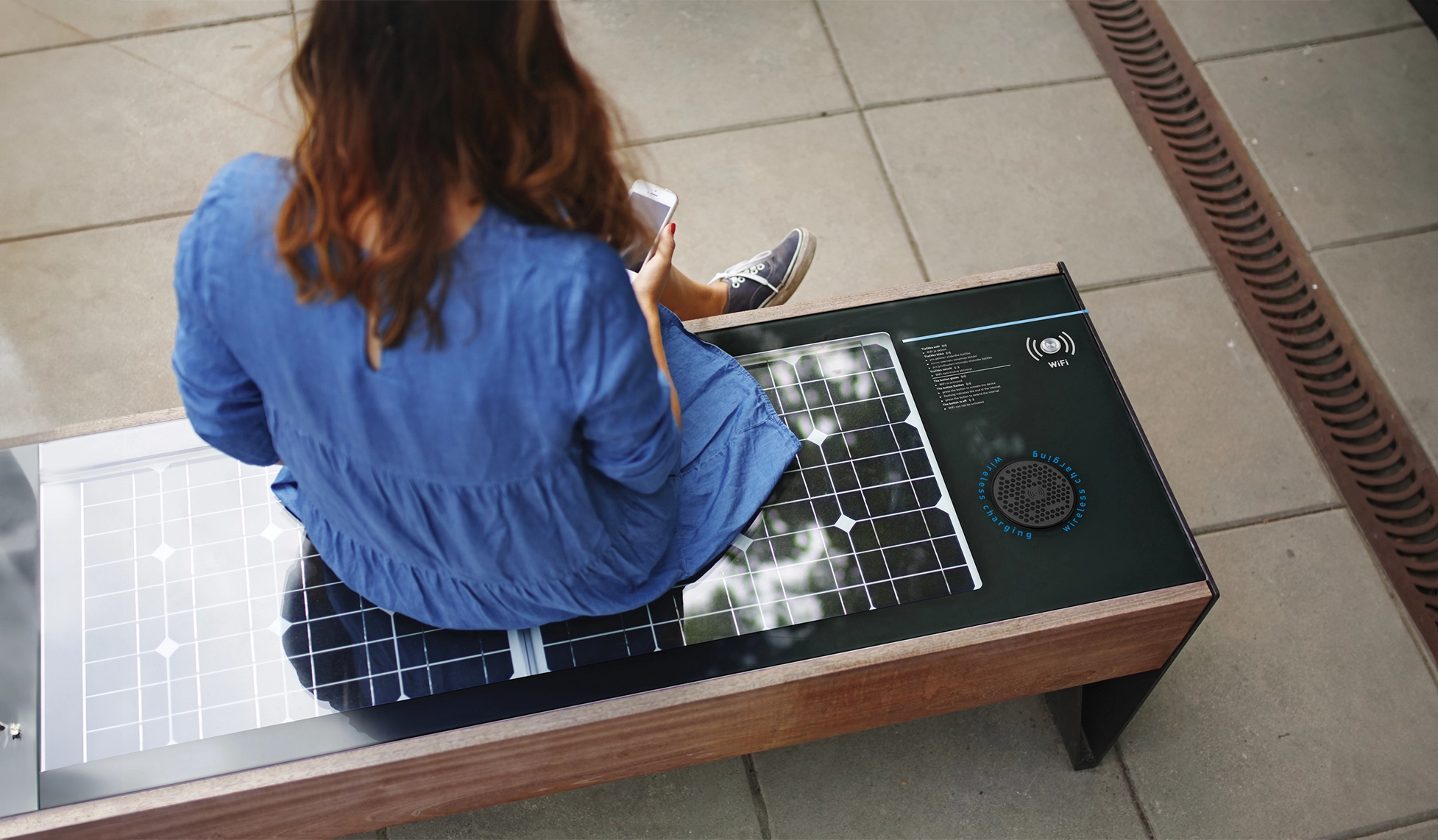 2 mins
2 mins Outdoor Wireless Phone Chargers Selected...
Wollongong Council NSW, Australia engaged Valen Energy to deploy Smart infrastructure as a part...
Read more
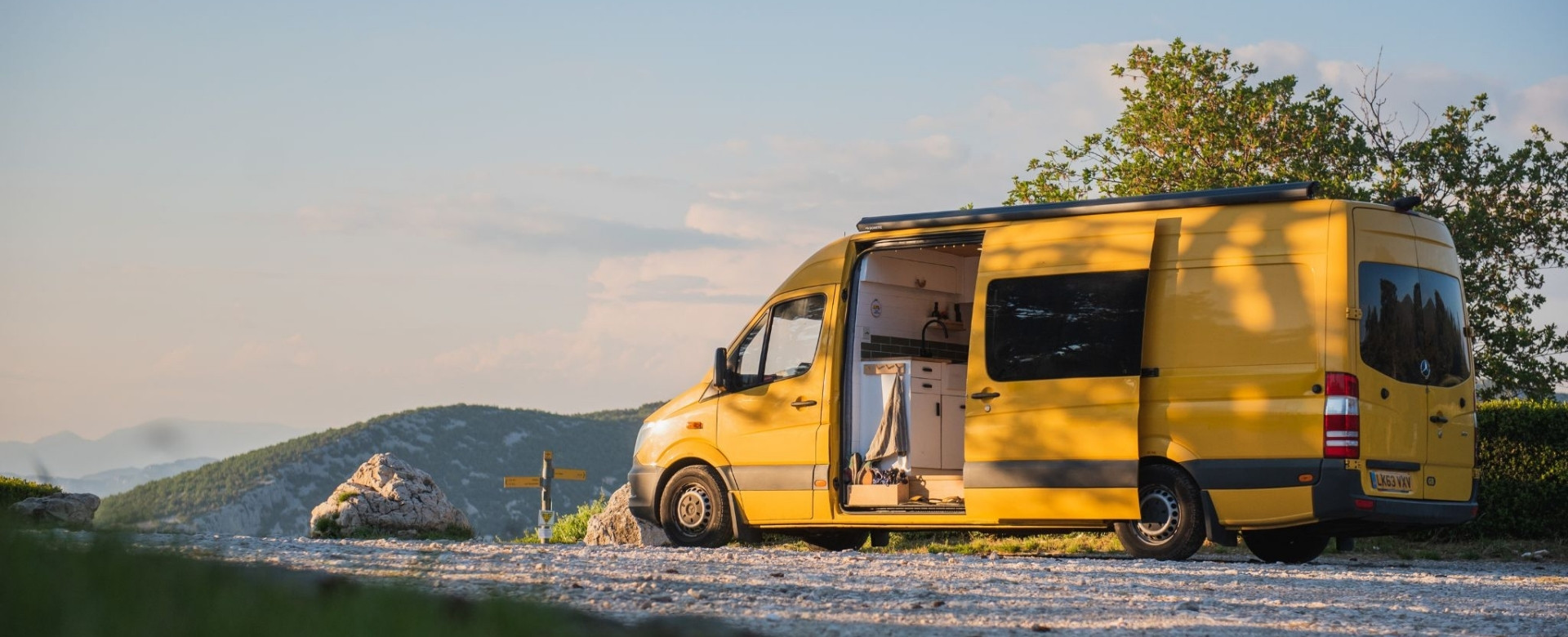 11 mins
11 mins How to calculate the solar array for your RV
Solar power is a great source of free electricity, but it can be difficult to choose the right...
Read more
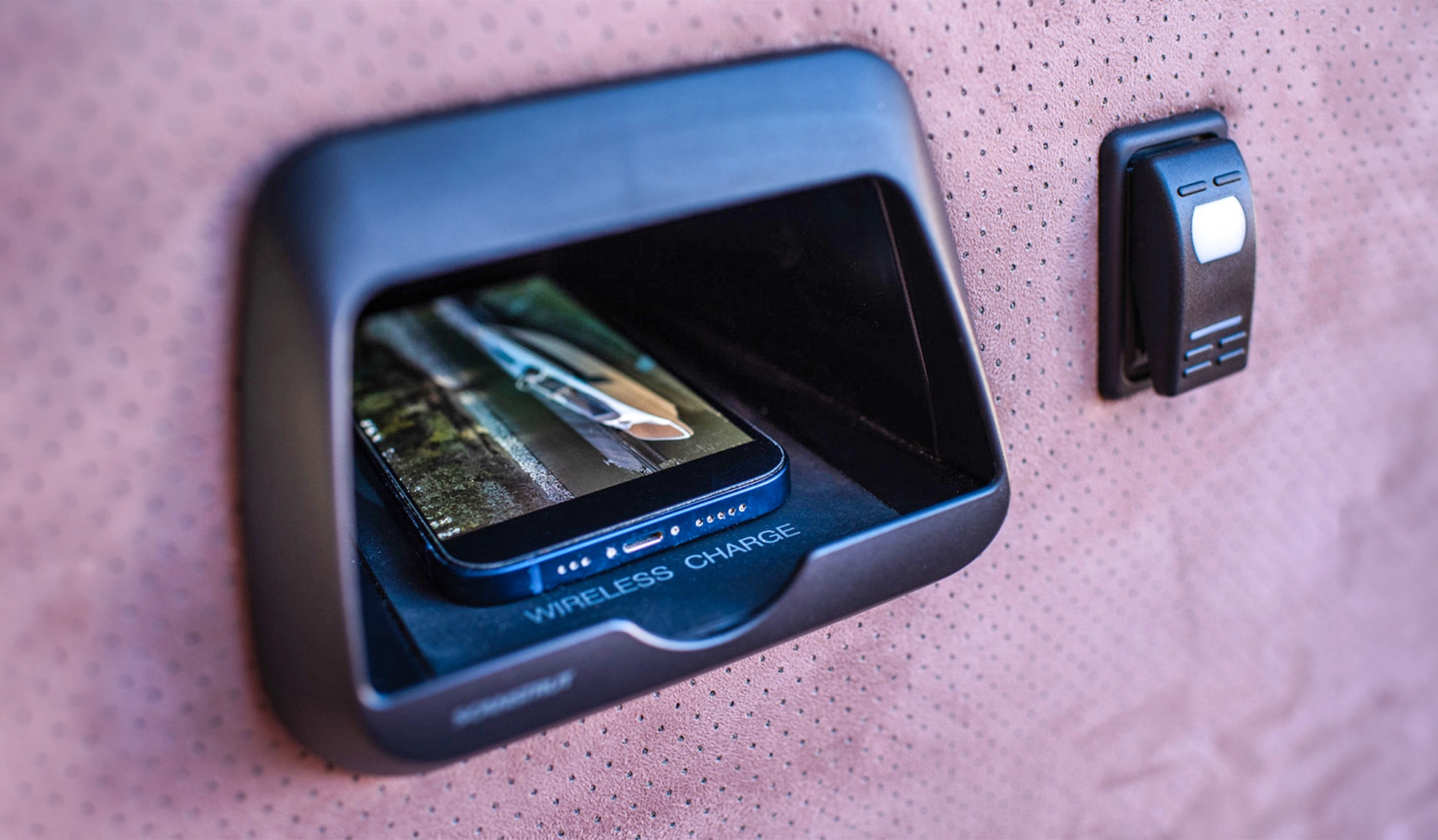 1 min
1 min Scanstrut - Beyond the Horizon
Scanstrut - Beyond the Horizon From the pages of Powerboat & Rib magazine We are proud to...
Read more
 1 min
1 min Tula's Tech Talk
After living on the water for the past 6+ years we have come to identify a few pains when talking...
Read more
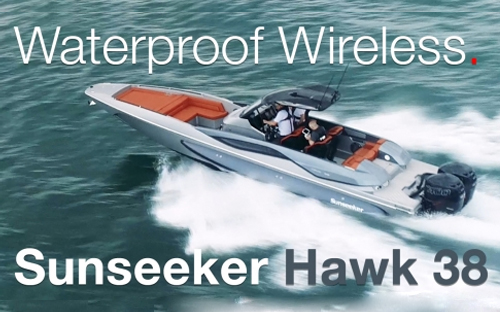 2 mins
2 mins Sunseeker Hawk 38 - Waterproof Wireless...
Showcasing the NEW Sunseeker Hawk 38's onboard technologies from Scanstrut, including waterproof...
Read more
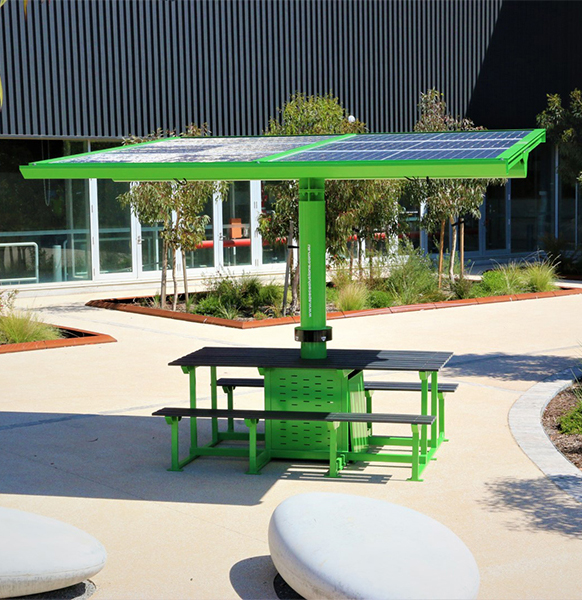 2 mins
2 mins Wireless Phone Charging Technology For The...
There are many challenging factors to consider when designing products for use outdoors; water,...
Read more
 1 min
1 min Active crowned the most innovative marine...
Scanstrut ROKK Wireless – Active received the top award at the annual BLA Trade Show in...
Read more
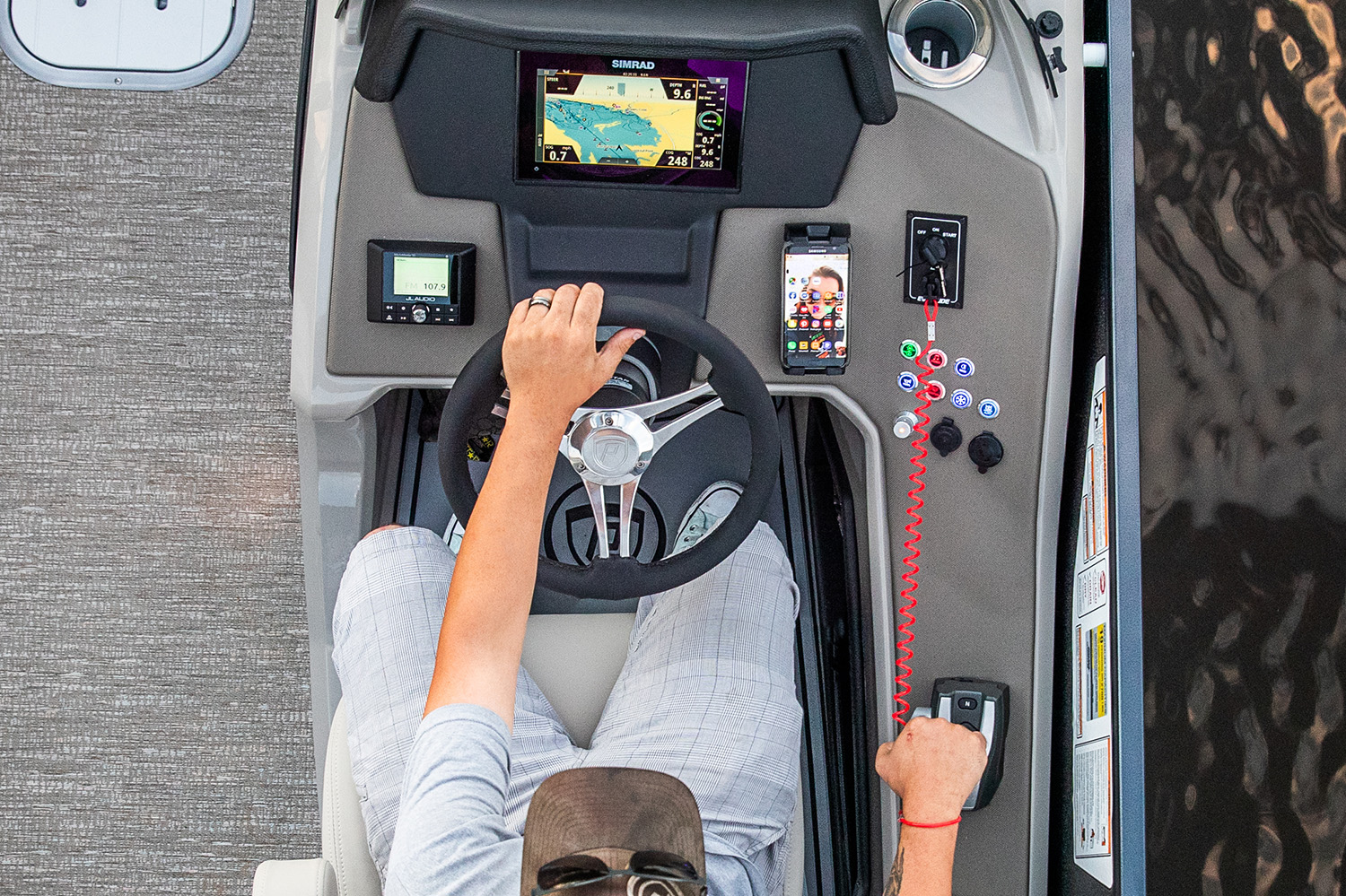 2 mins
2 mins Premier Marine Inc and Scanstrut Inc...
Premier Marine and Scanstrut Inc today announced their wireless technology partnership that will...
Read more
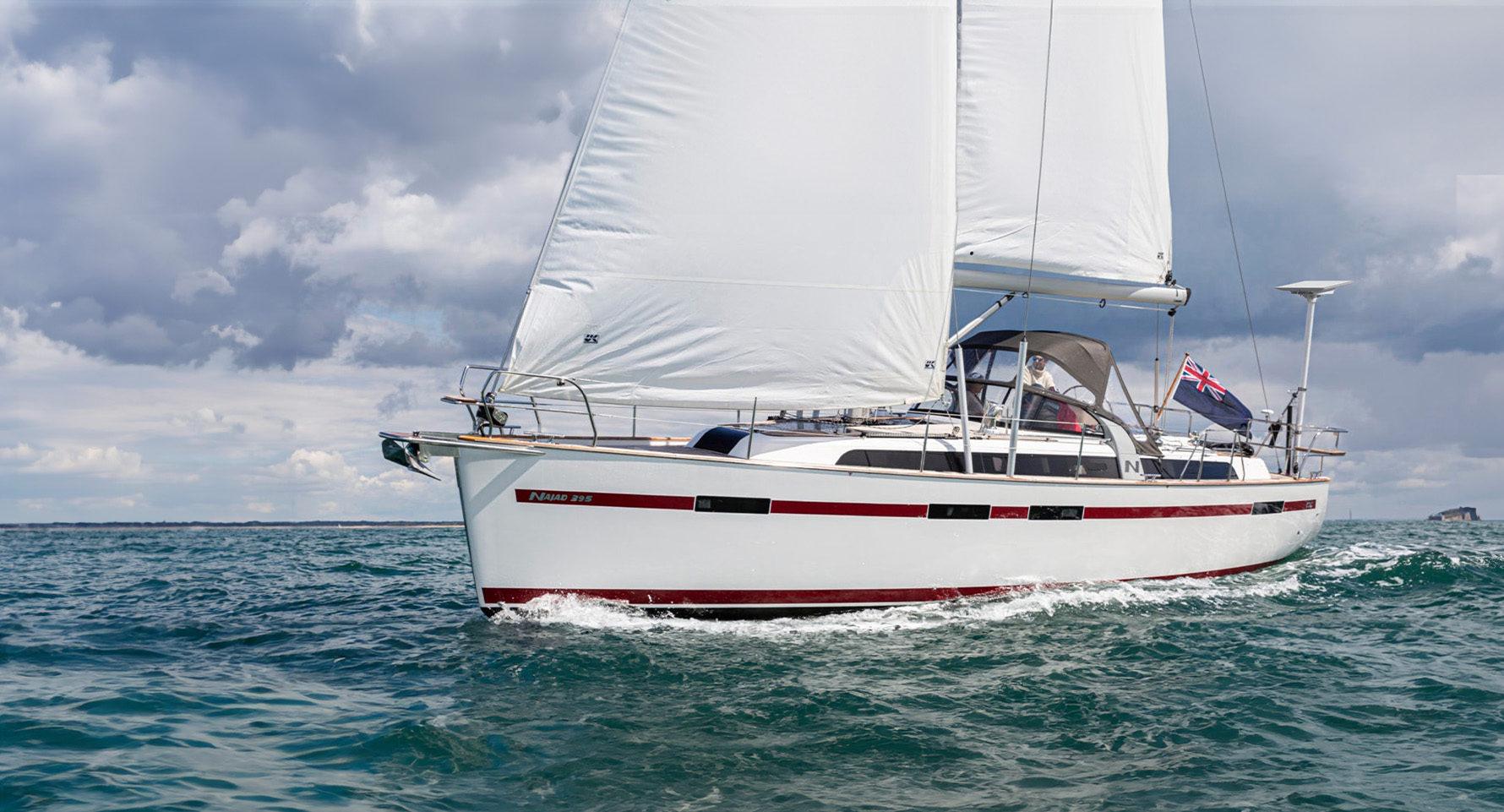 3 mins
3 mins Your need-to-know guide on Starlink
If you are thinking about installing Starlink onto your boat then you'll want to keep reading!...
Read more
 12 mins
12 mins Choosing The Right Inflatable Toys For...
From tenders to towables, sofas to slides, paddleboards to pools, donuts to docks there are many...
Read more
Design
Innovation
Partner
Sustainable
Quality